Canada Slim and the Big Cheese
Landschlacht, Switzerland, Saturday 23 January 2021
Linus van Pelt, Professor Henry “Indiana” Jones Jr., and Blaise Pascal were pragmatists.
Pramatism is the theory that finding true beliefs is less important than finding beliefs that are useful in our daily lives.
According to Linus van Pelt, the Great Pumpkin is a supernatural figure who rises from the pumpkin patch on Halloween evening, and flies around bringing toys to sincere and believing children.
Linus continues to have faith in the Great Pumpkin, despite his friends’ mockery and disbelief.
The Great Pumpkin was first mentioned in the Peanuts strip on 26 October 1959.

Above: Linus van Pelt
Every year, Linus sits in a pumpkin patch (a place Linus believes is the most sincere and lacking in hypocrisy) waiting for the Great Pumpkin to appear.
Invariably, the Great Pumpkin fails to turn up, but a humiliated yet undefeated Linus stubbornly vows to wait for him again the following Halloween.
Linus acknowledges the similarities between the Great Pumpkin and Santa Claus, the existence of which Linus considers to be ambiguous.
(In the television special, Linus tells Charlie Brown he will stop believing in the Great Pumpkin when Charlie Brown stops believing in Santa Claus, while admitting that Santa Claus has better publicity).

Charlie Brown attributes Linus’s belief in the Great Pumpkin to “denominational differences“.

Above: Charlie Brown
The Great Pumpkin has been cited as a symbol of strong faith and foolish faith, leading to vastly different interpretations of creator Charles Schulz’s own faith.

Above: Charles Schulz (1922 – 2000)
As described in the book on Schulz’s religious views, A Charlie Brown Religion, Schulz’s views were very personal and often misinterpreted.
Linus’ seemingly unshakable belief in the Great Pumpkin, and his desire to foster the same belief in others, has been interpreted as a parody of Christian evangelism by some observers.
Others have seen Linus’ belief in the Great Pumpkin as symbolic of the struggles faced by anyone with beliefs or practices that are not shared by the majority.
Still others view Linus’ lonely vigils, in the service of a being that may or may not exist and which never makes its presence known in any case, as a metaphor for mankind’s basic existential dilemmas.

Linus cannot prove the Great Pumpkin’s existence but then neither can the rest of the Peanuts gang prove the Great Pumpkin’s non-existence.

Pascal’s wager is an argument in philosophy presented by the 17th century French philosopher, theologian, mathematician and physicist, Blaise Pascal (1623–1662).

Above: Blaise Pascal
It posits that humans bet with their lives that God either exists or does not.
Pascal argues that a rational person should live as though God exists and seek to believe in God.
If God does not actually exist, such a person will have only a finite loss (some pleasures, luxury, etc.), whereas if God does exist, he stands to receive infinite gains (as represented by eternity in Heaven) and avoid infinite losses (eternity in Hell).

But did Pascal do his math wrong?
Doesn’t choosing to walk “the straight and narrow” in the service of an imaginary deity actually come at a cost?
Theists argue that they have better lives than secularists, not because God is blessing them as some kind of reward, but because belief simply has inherent benefits: the security of feeling that the world is organized and meaningful, that someone is always looking out for us, that death isn’t the end.
Pascal suggested that you essentially brainwash yourself into true belief, so that what started out as self-interest can actually grow into honest conviction.
Fake it until you make it.
In Indiana Jones and the Last Crusade, Indiana (Harrison Ford), Henry Jones Sr. (Sean Connery), Marcus Brody (Denholm Elliott), and Sallah Mohammed Faisel el-Kahir (John Rhys-Davies) catch up with the surviving Nazis, led by Walter Donovan (Julian Glover) and Dr. Elsa Schneider (Alison Doody), who have found the temple where the Holy Grail is kept but are unable to get past the first trap.

Donovan shoots and mortally wounds Henry to force Jones to risk his life in the traps to find the Grail and use its healing power to save his father.

Using the information in his father’s diary and followed by Donovan and Elsa, Jones safely overcomes the traps (which include fast-moving saw blades, a word puzzle, and a hidden bridge over a bottomless pit) and reaches the Grail’s chamber.

Indiana is, at best, an agnostic, but when the three traps can only be avoided by an application of faith, including a leap of faith across an impossible abyss, faith becomes pragmatically wise for him to follow.

Pascal’s philosophical successor, Soren Kierkegaard (1813 – 1855) wrote:
“I believe because it is absurd to believe.“
Kierkegaard’s fideism suggested that religious belief has to come from faith alone, that arguments and evidence actually kill what is great about religion: its wonder and mystery.
Kierkegaard suggested that the fantastic thing about belief in God is that it is entirely irrational, that you can’t do it with your brain, that it is a leap that defies reason.
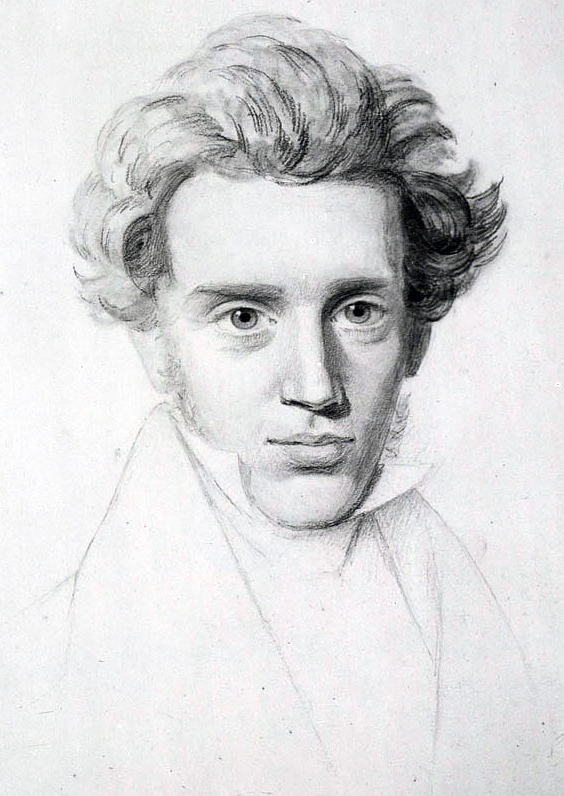
Above: Soren Kierkegaard
We jump and hope like hell that God will catch us.
We surrender reason to faith.

Believing in something because it is expedient frees you from having any reasons at all, though this line of thought still has its risks.
If you give up on reason and evidence then all beliefs become philosophically equal.
We count on evidence and justification to help us adjudicate between beliefs, to decide what we value.
If we throw that out and simply fall back on faith alone, then the sum of your arguments is going to end up being:
I have faith in what I choose to believe in.
I believe it, so that settles the argument.
No one can tell anyone that their belief is wrong or dangerous or unjustified, because faith cannot be justified.
How does one come to belief?

Blaise Pascal (1623 – 1662) was a French mathematician, physicist, inventor, philosopher, writer and Catholic theologian.
He was a child prodigy who was educated by his father, a tax collector in Rouen.

Above: Birthplace of Blaise Pascal, Rouen
Pascal’s earliest mathematical work was on conic sections.
He wrote a significant treatise on the subject of projective geometry at the age of 16.
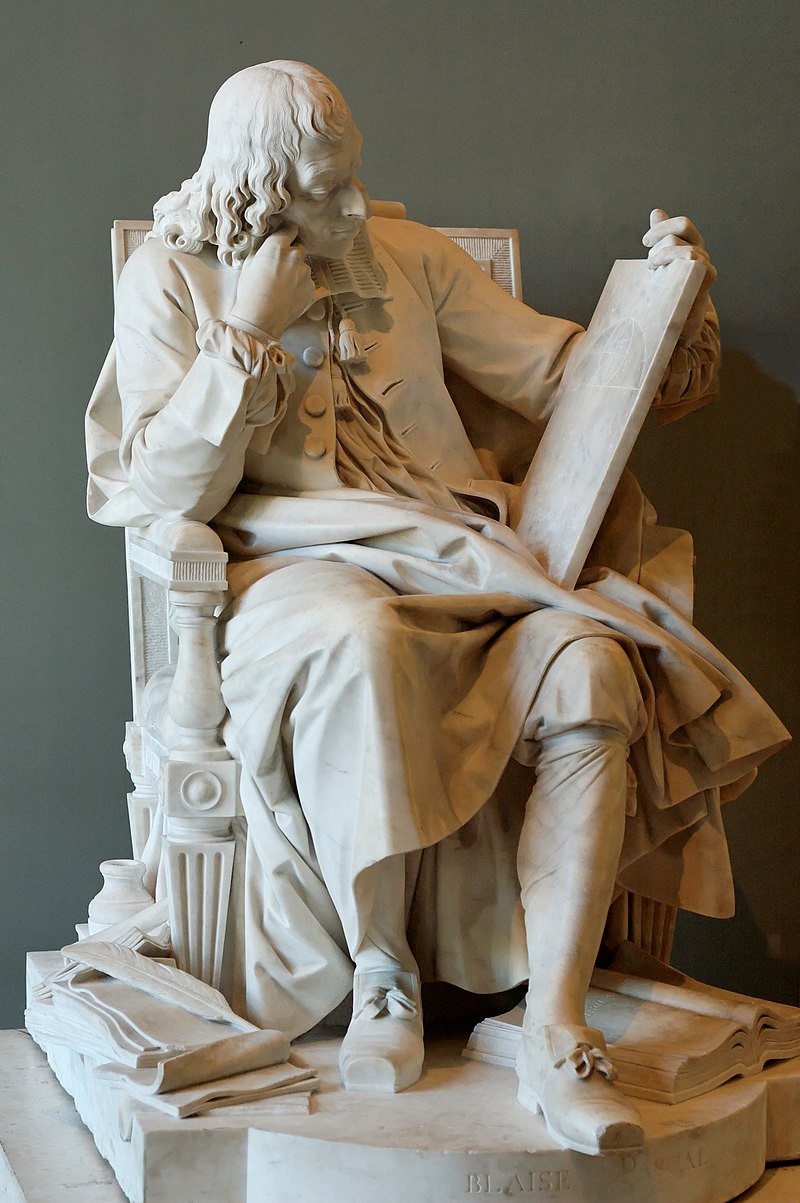
He later corresponded with Pierre de Fermat (1607 – 1665) on probability theory, strongly influencing the development of modern economics and social science.

Above: Pierre de Fermat
In 1642, while still a teenager, he started some pioneering work on calculating machines (called Pascal’s calculators and later Pascalines), establishing him as one of the first two inventors of the mechanical calculator.

Above: A Pascaline
Pascal also worked in the natural and applied sciences, where he made important contributions to the study of fluids, and clarified the concepts of pressure and vacuum by generalising the work of Evangelista Torricelli (1608 – 1647).
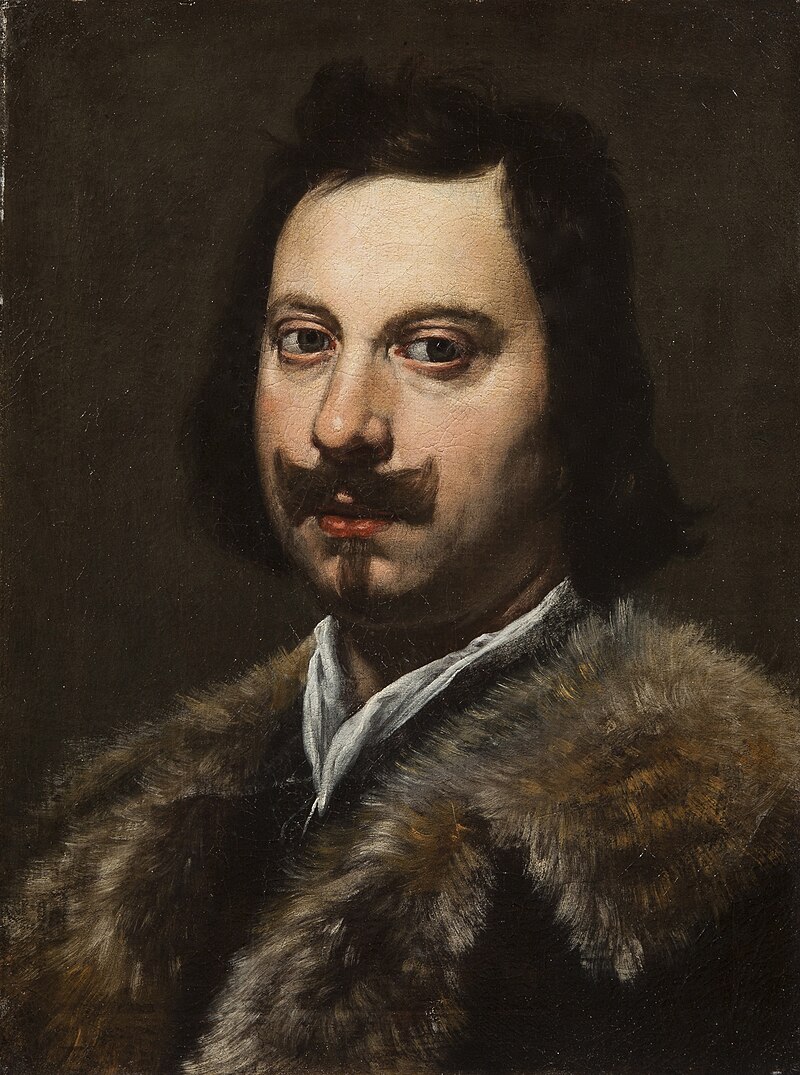
Above: Evangelista Torricelli
Following Galileo Galilei (1564 – 1642) and Torricelli, in 1647, he rebutted Aristotle’s followers who insisted that nature abhors a vacuum.

Above: Galileo Galilei
Pascal’s results caused many disputes before being accepted.
Pascal also wrote in defense of the scientific method.

Above: Aristotle (384 – 322 BC), the inventor of the scientific method
In the winter of 1646, Pascal’s 58-year-old father broke his hip when he slipped and fell on an icy street of Rouen.
Given the man’s age and the state of medicine in the 17th century, a broken hip could be a very serious condition, perhaps even fatal.
Rouen was home to two of the finest doctors in France: Monsieur Doctor Deslandes and Monsieur Doctor de La Bouteillerie.

Above: Images of modern Rouen
The elder Pascal “would not let anyone other than these men attend him.
It was a good choice, for the old man survived and was able to walk again.“
But treatment and rehabilitation took three months, during which time La Bouteillerie and Deslandes had become regular visitors.
Both men were followers of Jean Guillebert, proponent of a splinter group from Catholic teaching known as Jansenism.
This still fairly small sect was making surprising inroads into the French Catholic community at that time.
It espoused rigorous Augustinism.

Above: Augustine of Hippo (354 – 430)
Blaise spoke with the doctors frequently, and after their successful treatment of his father, borrowed from them works by Jansenist authors.
In this period, Pascal experienced a sort of “first conversion” and began to write on theological subjects in the course of the following year.
Pascal fell away from this initial religious engagement and experienced a few years of what some biographers have called his “worldly period” (1648 – 1654).
His father died in 1651 and left his inheritance to Pascal and his sister Jacqueline, for whom Pascal acted as conservator.
Jacqueline announced that she would soon become a postulant in the Jansenist convent of Port Royal.

Pascal was deeply affected and very sad, not because of her choice, but because of his chronic poor health.
He needed her just as she had needed him.
Suddenly there was war in the Pascal household.
Blaise pleaded with Jacqueline not to leave, but she was adamant.
He commanded her to stay, but that didn’t work, either.
At the heart of this was Blaise’s fear of abandonment.
If Jacqueline entered Port Royal, she would have to leave her inheritance behind, but nothing would change her mind.

By the end of October in 1651, a truce had been reached between brother and sister.
In return for a healthy annual stipend, Jacqueline signed over her part of the inheritance to her brother.
Gilberte had already been given her inheritance in the form of a dowry.
In early January, Jacqueline left for Port Royal.
On that day, according to Gilberte concerning her brother:
“He retired very sadly to his rooms without seeing Jacqueline, who was waiting in the little parlor.“

In early June 1653, after what must have seemed like endless badgering from Jacqueline, Pascal formally signed over the whole of his sister’s inheritance to Port Royal, which, to him, “had begun to smell like a cult.”
With two-thirds of his father’s estate now gone, the 29-year-old Pascal was now consigned to genteel poverty.
For a while, Pascal pursued the life of a bachelor.
During visits to his sister at Port-Royal in 1654, he displayed contempt for affairs of the world but was not drawn to God.
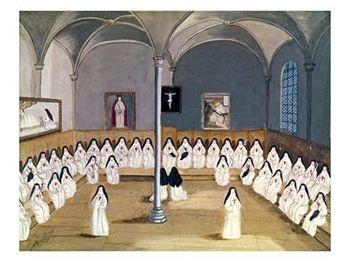
Shortly after the death of Blaise Pascal in 1662 at the age of 39, a servant was sorting through Pascal’s clothes and noticed something sewn into a coat that Pascal had often worn.
Out of curiosity the servant cut open the cloth and found a parchment, inside of which was a faded piece of paper.
The parchment and the paper both contained, in Pascal’s handwriting, nearly the same words.
Evidently the paper was the original draft and the parchment was a carefully prepared copy.
In addition to the text, both the paper copy and the parchment contained hand-drawn crosses.

The words written on the original piece of paper (from an English translation given in Marvin O’Connell’s book “Blaise Pascal, Reasons of the Heart”) were:

“The year of grace 1654, Monday 23 November, Feast of St. Clement:

Above: Pope Clement (r. 88 – 99)
From about half-past ten in the evening until about half-past midnight….
Fire.
The God of Abraham, the God of Isaac, the God of Jacob.

Above: The Angel Hinders the Offering of Isaac, by Rembrandt, 1635 (Hermitage Museum, Saint Petersburg)
Not of the philosophers and intellectuals.
Certitude, certitude, feeling, joy, peace.
The God of Jesus Christ.
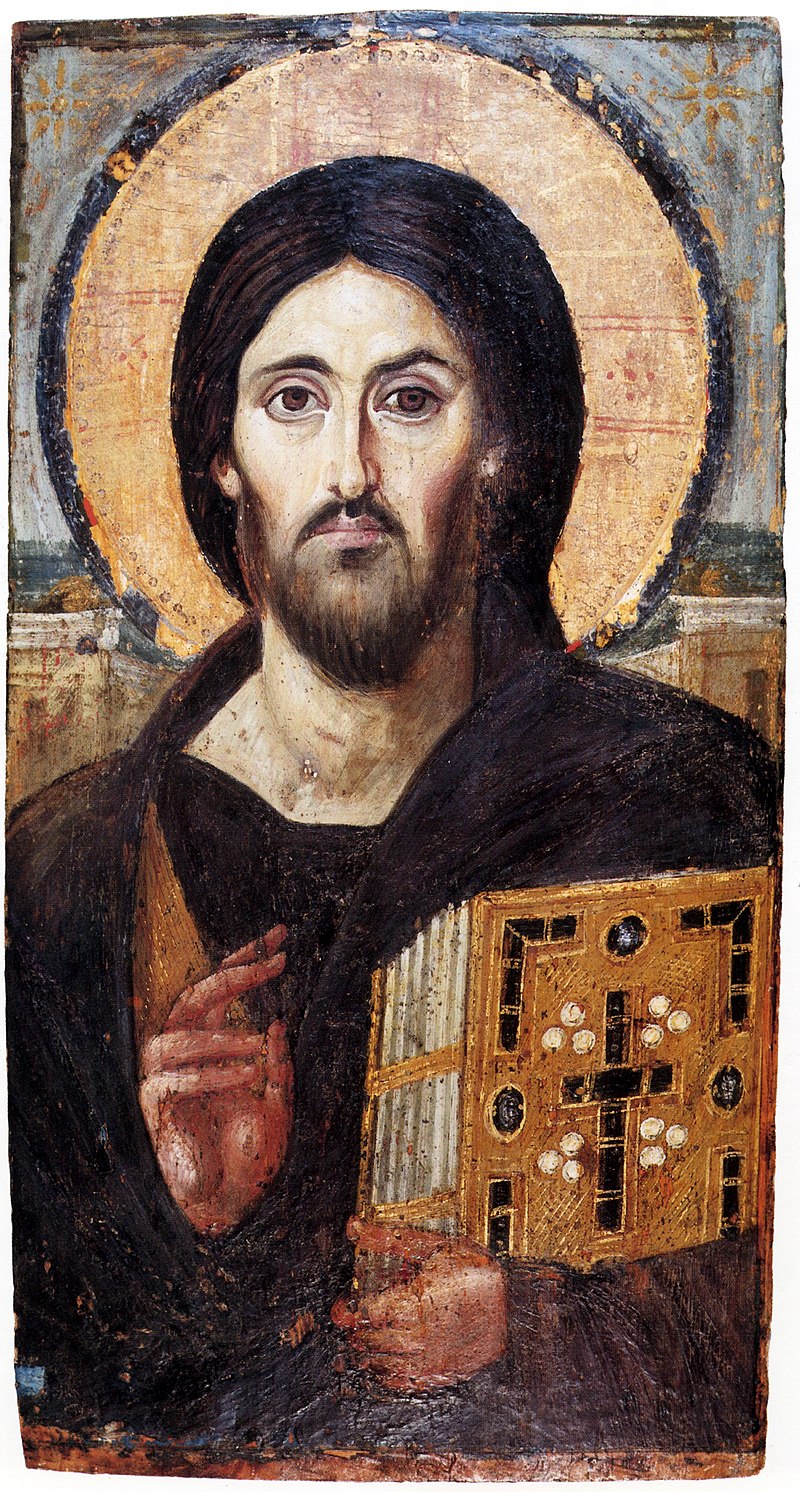
Forgretfulness of the world and of everything except God.
One finds oneself only by way of the directions taught in the Gospel.
The grandeur of the human soul.
Oh, just Father, the world has not known You, but I have known You.
Joy, joy, joy, tears of joy.“

November 1654 was certainly a turning point in Pascal’s life, because this is when he finally renounced his “self-serving” activities (including mathematics and physics) and resolved to devote the remainder of his life to the worship and service of God.
He retired to the monastery at Port Royal and employed his talents in writing polemics supporting the Jansenists against the Jesuits.
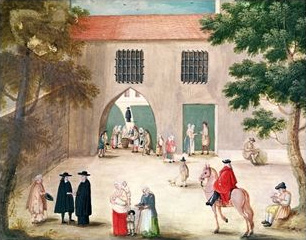
(Jansenism was a theological movement within Catholicism, primarily active in France, that emphasized original sin, human depravity, the necessity of divine grace and predestination.
The movement originated from the posthumously published work of the Dutch theologian Cornelius Jansen, who died in 1638.

Above: Cornelius Jansen (1585 – 1638)
It was first popularized by Jansen’s friend Abbot Jean du Vergier de Hauranne of Saint Cyran en Brenne Abbey, and, after du Vergier’s death in 1643, was led by Antoine Arnauld.

Above: Abbot Jean du Vergier de Hauranne (1581 – 1643)

Above: Antoine Arnaud (1612 – 1694)
Through the 17th and into the 18th centuries, Jansenism was a distinct movement away from the Catholic Church.
The theological center of the movement was the convent of Port Royal des Champs Abbey, a haven for writers including du Vergier, Arnauld, Pierre Nicole, Blaise Pascal and Jean Racine.
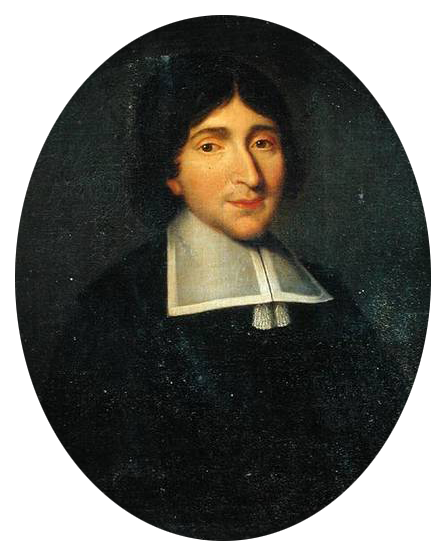
Above: Pierre Nicole (1625 – 1695)

Above: Jean Racine (1639 – 1699)
Jansenism was opposed by many in the Catholic hierarchy, especially the Jesuits.
Although the Jansenists identified themselves only as rigorous followers of Augustine of Hippo’s teachings, Jesuits coined the term Jansenism to identify them as having Calvinist affinities.
The spirituality practiced by the Jesuits, called Ignatian spirituality, ultimately based on the Catholic faith and the gospels, is drawn from the Constitutions, The Letters, and Autobiography, and most specially from Ignatius’ Spiritual Exercises, whose purpose is “to conquer oneself and to regulate one’s life in such a way that no decision is made under the influence of any inordinate attachment“.

Above: Ignatius of Loyola (1491 – 1556), the founder of the Jesuits
The Exercises culminate in a contemplation whereby one develops a facility to “find God in all things“.
This Catholic spirituality founded on the experiences of the 16th century Saint Ignatius of Loyola, founder of the Jesuit order.
The Exercises are intended to give the person undertaking them a greater degree of freedom from his or her own likes and dislikes, so that their choices are based solely on what they discern God’s will is for them.)

Above: Logo of the Society of Jesus (the Jesuits)
On the subject of his former activities Pascal wrote:
“Reason has its own sphere, mathematics and the natural sciences, but the truths which it is really important for man to know, his nature and his supernatural destiny, these cannot be discovered by the philosopher or the scientist.
I passed a long time in the study of the abstract sciences, but the scant communication which one can have in them (that is, the comparative fewness of the people with whom one shares these studies and with whom one can communicate) disgusted me.
When I began the study of man, I saw that these abstract sciences are not proper to man.“

In many popular books on famous mathematicians the story of Pascal’s final religious conversion is even more melodramatic.
One of the best known such books, originally published in 1893 and followed by several later editions, is W.W Rouse Ball’s A Short Account of the History of Mathematics.

According to Rouse Ball:
Pascal attended parties where gambling was being conducted, and unfortunately became distracted by this lifestyle.
On 23 November 1654, Pascal had a dramatic near-death experience during a lighting storm while crossing the Neuilly Bridge in Paris.
His horses got scared and jumped over the wall of the bridge.
The horses plunged to their deaths, but because the leather straps that connected the carriage to the horses broke, Pascal was saved.
Convinced that it was God who had saved him, Pascal reassessed how he was living.
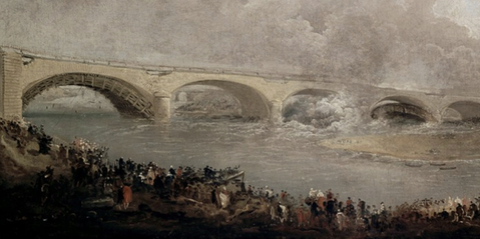
His belief and religious commitment revitalized, Pascal visited the older of two convents at Port Royal for a two-week retreat in January 1655.
For the next four years, he regularly travelled between Port Royal and Paris.
It was at this point immediately after his conversion when he began writing his first major literary work on religion, the Provincial Letters.

Under the pseudonym Louis de Montalte and written in the midst of the controversy between the Jansenists and the Jesuits, the Provincial Letters are a defense of the Jansenist Antoine Arnauld from Port Royal des Champs, a friend of Pascal who in 1656 was condemned by the Faculté de Théologie at the Sorbonne in Paris for views that were claimed to be heretical.

The first letter (of eighteen) is dated 23 January 1656.
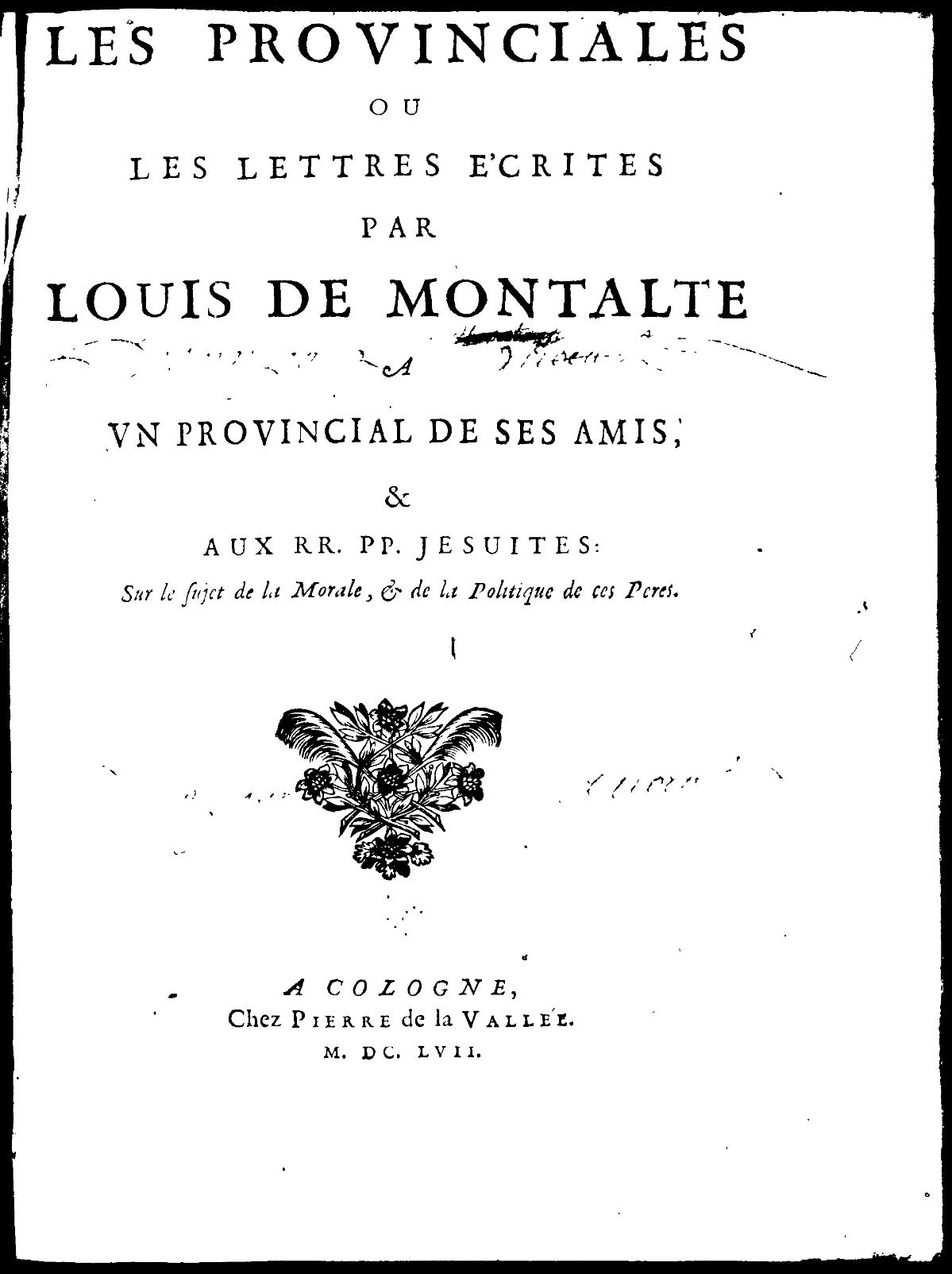
In these letters, Pascal humorously attacked casuistry, a rhetorical method often used by Jesuit theologians, and accused Jesuits of moral laxity.
(Casuistry is a process of reasoning that seeks to resolve moral problems by extracting or extending theoretical rules from a particular case, and reapplying those rules to new instances.
This method occurs in applied ethics and jurisprudence.
In other words, ethics are circumstantial.)

In his Provincial Letters, Pascal vigorously attacked the moral laxism of Jesuits who used casuistic reasoning in confession to placate wealthy Church donors, while punishing poor penitents.
Pascal charged that aristocratic penitents could confess their sins one day, re-commit the sin the next day, generously donate the following day, then return to re-confess their sins and only receive the lightest punishment.
Pascal’s criticisms darkened casuistry’s reputation.

Being quickly forced underground while writing the Provincial Letters, Pascal pretended they were reports from a Parisian to a friend in the provinces, on the moral and theological issues then exciting the intellectual and religious circles in the capital.
In the letters, Pascal’s tone combines the fervor of a convert with the wit and polish of a man of the world.
Their style meant that, quite apart from their religious influence, the Provincial Letters were popular as a literary work.
Adding to that popularity was Pascal’s use of humor, mockery, and satire in his arguments.

The letters also influenced the prose of later French writers like Voltaire and Jean-Jacques Rousseau.
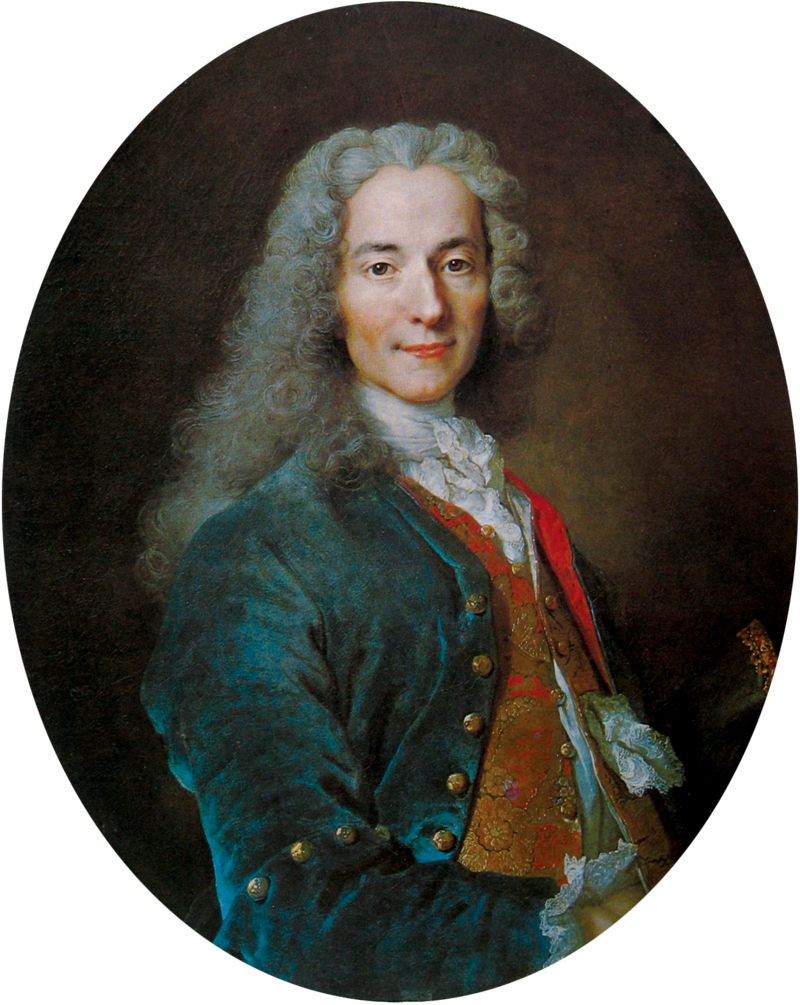
Above: François-Marie Arouet (aka Voltaire) (1694 – 1778)

Above: Jean-Jacques Rousseau (1712 – 1778)
Brilliantly written by Pascal, the Provincial Letters would not have been possible without the work of theologians from Port Royal.
Indeed, most of the arguments Pascal deployed were already to be found in Arnauld’s Théologie morale des Jésuites, something which led the Jesuit Nicolas Caussin to reply to Pascal’s perceived libel.

Above: Nicolas Caussin (1583 – 1651)
Pascal’s main source on Jesuit casuistry was Antonio Escobar’s Summula casuum conscientiae (1627), several propositions of which would be later condemned by Pope Innocent XI.
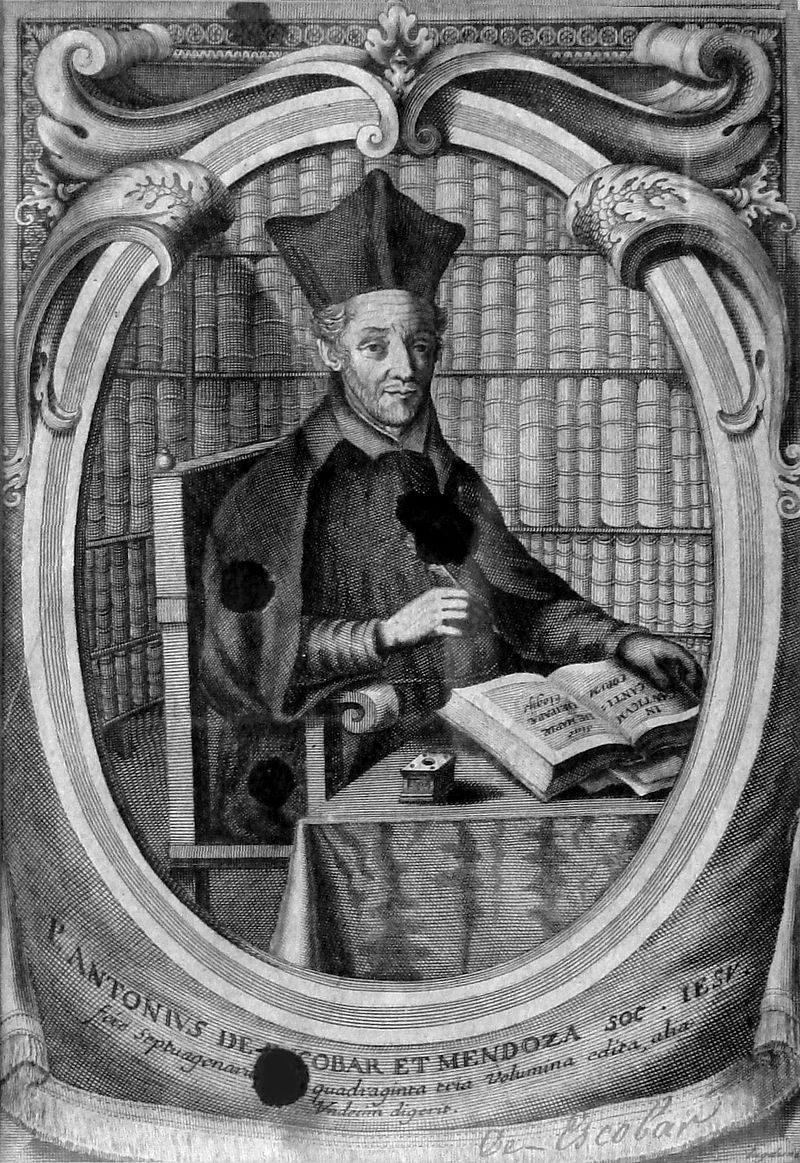
Above: Antonio Escobar (1589 – 1669)

Above: Pope Innocent XI (né Benedetto Odescalchi) (1611 – 1689)
Paradoxically, the Provincial Letters were both a success and a defeat: a defeat, on the political and theological level, and a success on the moral level.
The final letter from Pascal, in 1657, defied the Pope himself, provoking Alexander VII to condemn the letters.
But that didn’t stop most of educated France from reading them.
Moreover, even Pope Alexander, while publicly opposing them, nonetheless was persuaded by Pascal’s arguments.
Just a few years later, Alexander condemned “laxity” in the church and ordered a revision of casuistic texts.

Above: Pope Alexander VII (né Fabio Chigi) (1599 – 1667)
Pascal believed that imagination is the most powerful force in human beings.
And one of our chief sources of error.
Imagination causes us to trust / distrust people despite what reason tells us.
For example, because lawyers and doctors dress up in special clothes, we tend to trust them more.
Conversely, we pay less attention to someone who looks shabby or odd, even if he is talking good sense.

Above: Olin Levi Warner, Imagination (1896). Library of Congress Thomas Jefferson Bldg, Washington DC
What makes things worse is that, though it usually leads to falsehood, imagination occasionally leads to truth.
If it were always false, then we could use it as a source of certainty by simply accepting its negation.

Pascal goes on to write that:
“Imagination decides everything.
It produces beauty, justice and happiness, which is the greatest thing in the world.”

Rather than praising imagination, Pascal’s intention is very different.
As imagination can lead to error, then the beauty, justice and happiness that it produces can also be false.

I recall how puzzled I was, how uncertain I felt, when en route to London last year, I was confronted by the legacy of the Big Cheese….

Toronto to London, Ontario, Canada, Sunday 12 January 2020
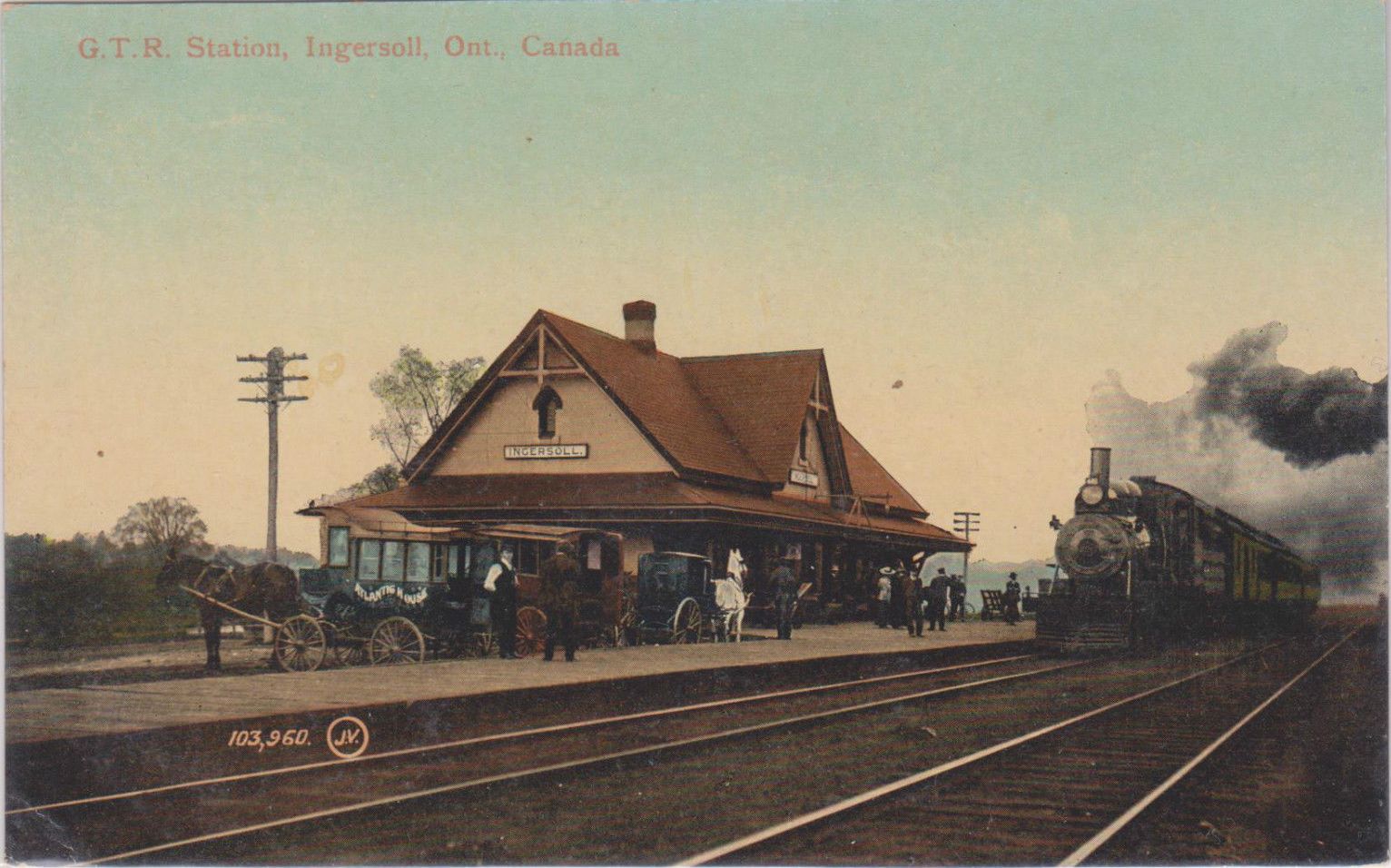
West of Woodstock and east of London, Ingersoll is a town in Oxford County on the Thames River, situated north of and along Highway 401.
Oxford County Road 119 (formerly Ontario Highway 19) runs north diagonally through the town.

A Canadian National (CN) rail line bisects the town east to west through its centre.

Passenger service from the Ingersoll train station is provided to other stops in Southwestern Ontario by VIA Rail.

To the south is a Canadian Pacific Railway (CPR) line, with spurs into local industries, which provides freight service to points in the region.

Ingersoll’s founder, Thomas Ingersoll (1749–1812), was a native of Westfield, Massachusetts who moved to Great Barrington, Massachusetts in the early 1770s, and then to Queenston in the Niagara District, Upper Canada (Ontario) in 1795, where he operated an inn while organizing his grand venture to create a new settlement deep in the Upper Canadian wilderness.
In 1793, Ingersoll and associates received the grant of Oxford Township, which became the site of the community of Oxford-on-the-Thames, where he opened roads, established a farm for his family and settled dozens of other families on their own farms nearby.
Further rights to the Township were revoked in 1798 and Ingersoll’s own grant was limited to 1,200 acres (486 ha).

Above: Statue of Thomas Ingersoll
Discouraged by this and the resulting slow pace of the settlement, Thomas withdrew his family from Oxford in 1806 and took up operation of a government-owned inn and ferry at Port Credit, but after his death the family decided to return to the Oxford homestead, at first Thomas Jr. (1796-1847) with James (1801-1886) in 1818, then his widow Sarah and his other children in 1821 along with eldest son Charles (1791-1832) and Charles’ wife and children.
Together Thomas Ingersoll’s four sons laid the foundations for the hamlet of Ingersoll.

Above: Modern Port Credit
Thomas’s eldest daughter, Laura Secord (née Ingersoll) (1775 – 1868), who married in 1797, distinguished herself as a heroine of the War of 1812, and remained with her husband and children in Queenston.
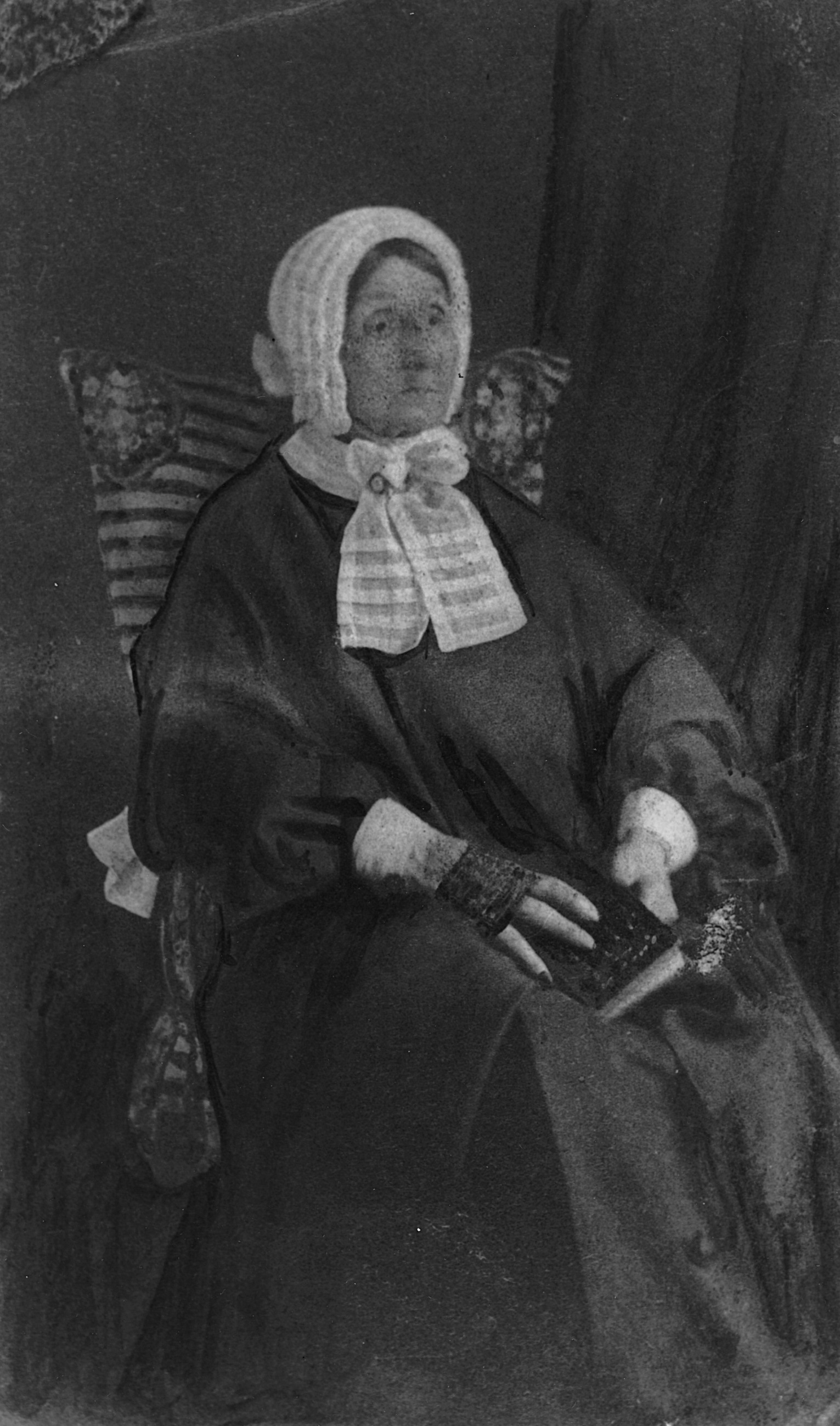
Above: Laura Secord
Laura was the eldest daughter of Thomas Ingersoll and wife of James Secord, who served in the militia under Isaac Brock.
The couple lived in St. Davids (now Queenston) where American troops stopped at their home seeking supplies during the War of 1812.
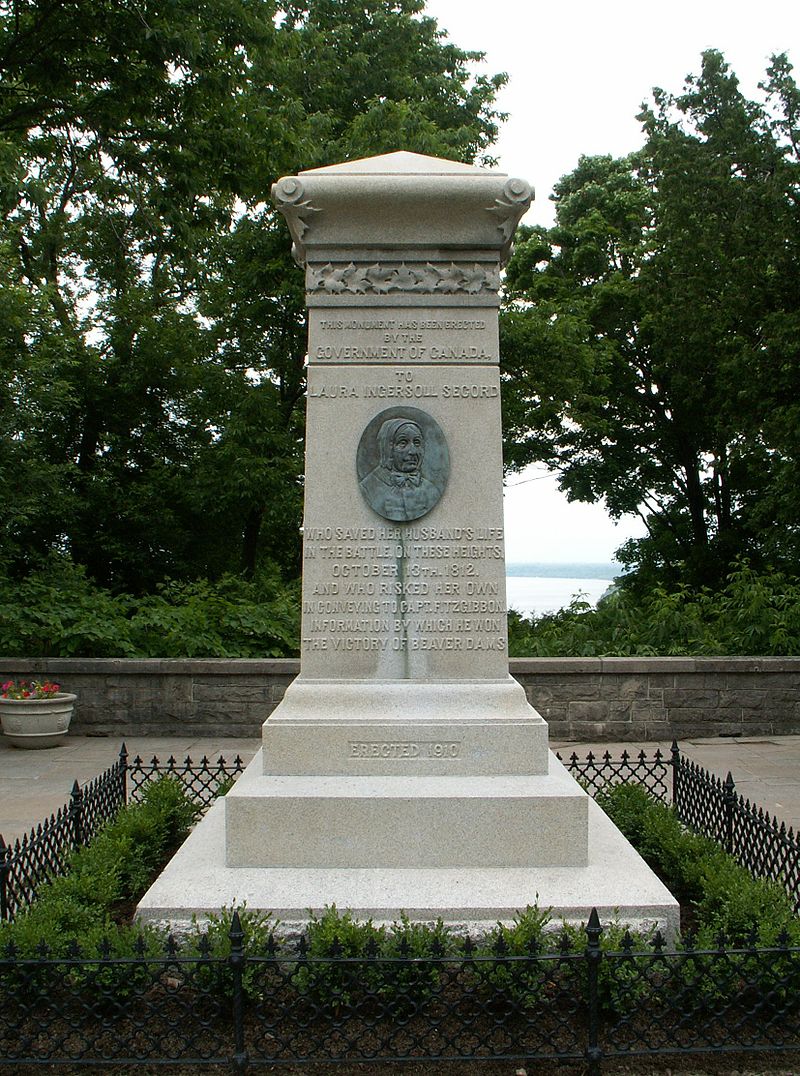
On 21 June 1813, Laura Secord overheard plans of a surprise attack on British troops led by Lt. James Fitzgibbon at Beaver Dams.
Secord walked 20 miles (32 km) through the woods, in newly controlled American territory in the Niagara Peninsula, to Beaver Dams to warn the British.

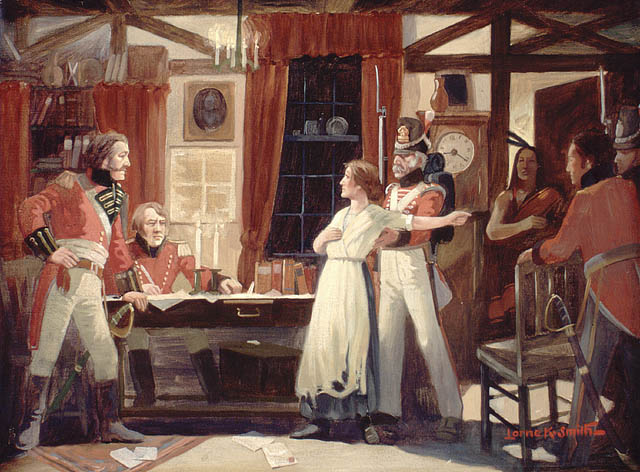
As a result of this information Lt. Fitzgibbon’s small British troop and a larger contingent of allied Mohawk warriors were able to intercept and defeat the attack.
Although not initially recognized for her role, Lt. James Fitzgibbon later certified that the informant was Laura Secord.
Secord’s story has been embellished over the years, but her role in Canadian history has since been established by various historians.
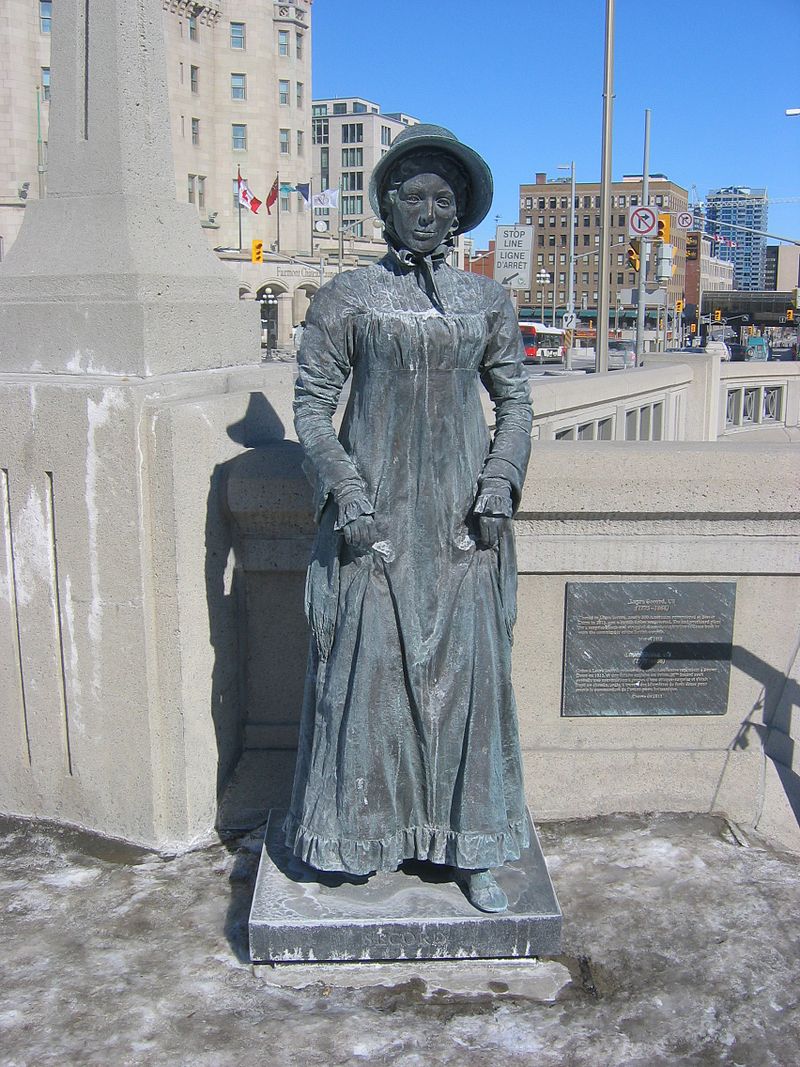
Secord was never a resident of Oxford County, but on hearing her father had suffered a massive stroke in early 1812, she hurriedly made the 60-mile (96 km) journey to Port Credit and arrived the day before his death.
In the fall of 1818, her home in Queenston became the focus of many family gatherings as Thomas Ingersoll’s brother-in-law John Whiting visited from Great Barrington, Massachusetts, travelled to Port Credit to visit his sister Sarah (Thomas Ingersoll’s widow), and took Sarah back with him to Great Barrington for further family reunions.

Above: Laura Secord Homestead, Queenston
(It is believed that her son Charles Ingersoll went to Great Barrington in early 1819 to accompany his mother back to Canada, while sons Thomas Ingersoll Jr. and James Ingersoll were busy rebuilding the family farm in Oxford).

Above: Great Barrington, Massachusetts
By the start of the 1830s the hamlet had extended beyond the Ingersoll family ventures clustered around their millpond, and families from Ireland, Scotland and England were setting down roots, particularly on the vacant land north of it, which had remained dormant in the hands of speculators until then.
Between them, the Crottys (from Ireland, 1831), the Carnegies (Scotland, 1834) and the Rothwells (Ireland, 1834) became the owners of most of it.
McNab, from Scotland via Ireland, probably came with or around the same time as Crotty.
McNab and his wife fell victim to the cholera epidemic of 1832.

James Ingersoll (1801–1886) became guardian of the five orphaned McNab children.
Holcroft, from England, commanded the Royal Artillery regiment in Upper Canada during the War of 1812, and became owner of large blocks of land including what is now the Ingersoll golf course.

Above: Badge of the Royal Artillery
These families soon joined in collaboration with the Ingersolls and others to steer projects to improve the community.
Crotty in particular led the effort in the 1840s to ensure the area’s first railway would be built through the centre of the growing village rather than bypassing it.
Charles. E. Chadwick, a farmer and businessman who witnessed the next half-century of growth in Ingersoll, predicted the future belonged to immigrants from many ethnic groups who would, with the aid of Canada’s institutions, be moulded into a new people “not second to any in the world.“

In the early 1800’s many settlers arrived in Oxford County.
Many of these settlers were dairy farmers or looking to become dairy farmers.
As there was no refrigeration at this time, the excess milk that would otherwise spoil would be turned into butter or cheese.

In the home these tasks would be done by the women.
It was a woman named Lydia Ranney who came to Oxford County from Vermont in 1834 that helped to shape cheese making in the area.
To help pay their way Lydia began teaching and eventually, when their dairy prospered, she began teaching cheese making.
Her many new ideas and innovations spread to the young women of the area as the cheese making industry began to bloom.
Ingersoll has the distinction of having been Oxford County’s cheese capital from the mid-1800s to early 1900s, producing and packaging a good deal of the county’s renowned cheddar.
By the 1860s, dairying was an emerging industry, sparked farm-wife production of cheese and butter, and then by the introduction of the factory system of cheese production in 1864.

In 1866, three local cheese makers got together to hatch a plan to sell their product in England.
The chief concern was how to gather attention for their Oxford County cheese.
No one would notice if they sent a number of 90 pound wheels of cheese.
All the other factories in England were making much the same.
The solution?
Go BIG!
HUGE!
MAMMOTH!
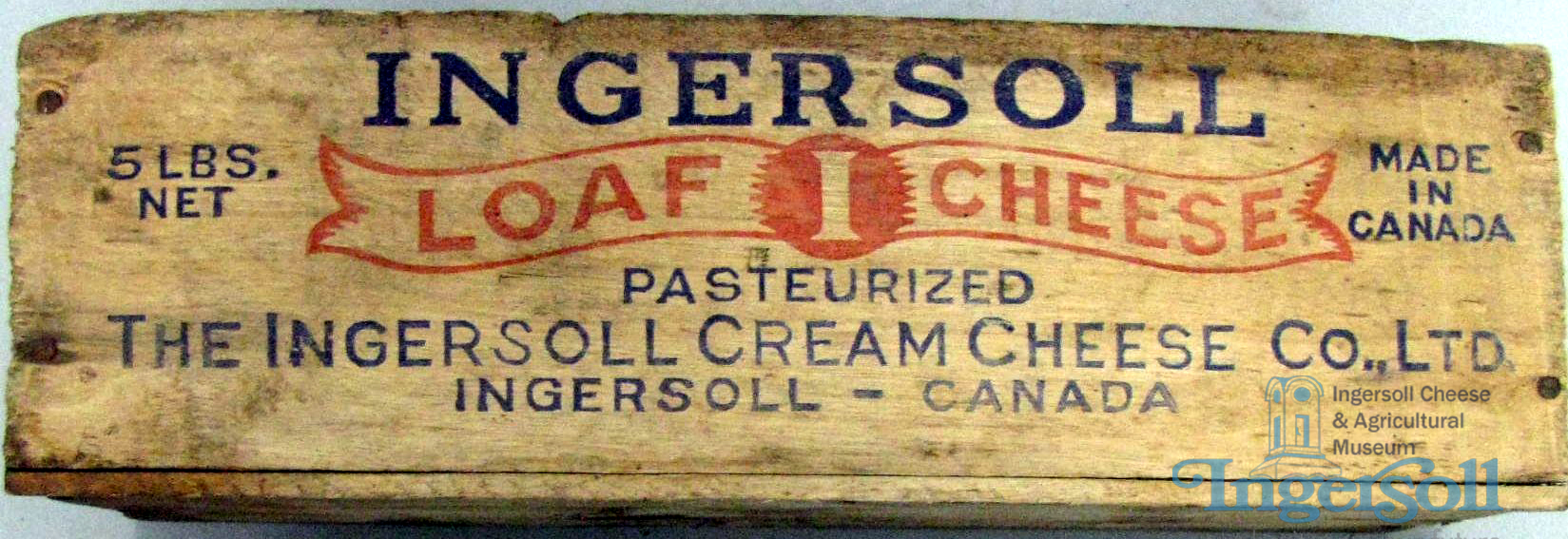
In 1866, to promote Ingersoll cheese as a high-quality, standardized brand, a cheese producer, James Harris, and local businessmen produced a 7,300-pound mammoth cheese, exhibited it at the New York State Fair in Saratoga, NY, and then exported it to England.

James Harris (1824–1885) was the owner of the factory in which was built the Big Cheese.
Sponsorship of the venture came from a newly formed private corporation, the Ingersoll Cheese Company, whose shareholders included Harris, farmers who supplied the milk and expertise for construction of the mammoth, and businessmen.
The milk of 2,400 cows from more than 250 area farms was needed to produce 35 tons of milk to make the
mammoth cheese.
On 23 August 1866, after being aged and cured for three months, the 7,300 pound block of cheese was paraded through the streets of Ingersoll to the train station.

After a rousing send-off from the Ingersoll townspeople in early September, it was shipped by rail to the New York State Fair at Saratoga Springs, then brought to the Ontario Provincial Exhibition in Toronto in mid-September, and exhibited at the Fall Races, Hamilton, in early October.
There is no record of its prizes won, if any, at Saratoga, where the mammoth was entered in a competition for its cheese, not its size.

At the Provincial Exhibition in Toronto, James Noxon won first prize for his cheese press.

However, the Ingersoll Cheese Factory was awarded what must have been a profoundly-disappointing 3rd prize for “best factory made cheese” – which may have scuttled plans for giving the mammoth a tour of England and exhibit at the Paris World’s Fair in 1867.

In any event, after its stops in Saratoga, Toronto, and Hamilton, the cheese arrived back in Ingersoll in late October.
There, James Harris & Co. offered shares in the mammoth to the local public, as a prelude to breaking up and selling it on the English market in 1867.
![Moving To Ingersoll? The Ultimate Guide To Living In Ingersoll [2019]](https://u.realgeeks.media/homesinlondonontario/Ingersoll-Ontario-Sign.jpg)
The “Big Cheese” was the project of a consortium, which formed a provincial cheese marketing association with the mammoth an instrument to promote Ontario cheese in the English market.
The principals were:
- Charles E. Chadwick, manager of the local branch of the Niagara District Bank
- James Noxon, a foundryman whose J. & S. Noxon Co. made cheese-making equipment
- Adam Oliver, Mayor of Ingersoll and owner of a lumber mill which made cheese boxes
- James Harris of James Harris & Co. (Ingersoll Cheese Company), in whose factory the big cheese was made
- Edwin Casswell, sales manager of the Harris Company
- Robert Facey, its head cheesemaker
- Hiram and Lydia Ranney, pioneer cheesemakers and the in-law parents of James Harris
- Harvey Farrington of North Norwich Township, who introduced the factory system of cheese production to Ontario, importing it from his native New York State, in 1864
- Daniel Phelan, retired merchant and capitalist who was to handle sales of share in the big cheese to the public in 1866.

(James Noxon (1833–1906) was born in Bloomfield, Prince Edward County, Upper Canada.
He moved to Ingersoll, Canada West in 1856.
With his brothers and his father’s financial backing, he established one of the largest manufactory of agricultural implements in the province (Noxon Company Ltd.) and the chief industry in Ingersoll.
In 1878, he built a mansion which was later to become the town’s Alexandra Hospital (1909).
He was Mayor of Ingersoll (1884 – 1885 / 1887).
As president of the firm and its largest shareholder, James lived beyond his means, running up credit and draining the company’s resources to pay the bank interest.
To save the firm, his brothers ousted him in 1887.
He moved to Woodstock to become plant manager of Patterson & Brother, an agricultural implements firm (1887 – 1891) and then to Toronto, to serve as Provincial Inspector of Prisons and Charities (1891–1905).
Meanwhile, in Ingersoll, the Noxon Company’s Noxon-family ownership ended in 1898, the company lost its prominence of early years, and the company was shuttered in 1916.)

(Adam Oliver (1823–1882) was born in the Scotch Lake settlement, near Fredericton, New Brunswick and moved to Ingersoll in 1850.
There he established himself as a lumberman, mill owner, contractor and politician.
He developed businesses in Orillia and Thunder Bay.
He was Mayor of Ingersoll (1865 – 1866), Warden of Oxford County (1866). MLA for the Oxford riding (1867 – 1875).
His daughter Belle Chone Oliver (1875-1947) became a medical doctor and devoted her life to improving health care in India.)
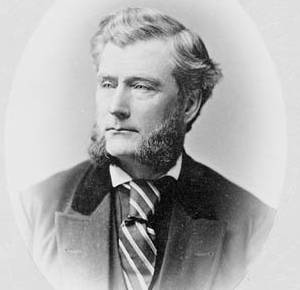
Above: Adam Oliver
The Ingersoll cheese held the record for size until 1893, when the Dominion Experimental Farm at Perth, Ontario, manufactured an eleven-ton behemoth for exhibit at the Chicago World’s Fair.

Ingersoll Chronicle, 10 August 1866
THE BIG CHEESE
Many of our town readers have heard of the big cheese being manufactured at the Ingersoll Cheese Factory by Messrs. Ranney and Harris.
It is the largest ever made.
It measures six feet eight inches in breadth and three feet in thickness.
The milk used in its manufacture weighed 35 tons, and was furnished by 800 cows.
The weight of the cheese itself is three and a half tons.
For the sole use of this cheese a house has been built sixteen feet by eighteen, very substantial, and so constructed that the cheese can be turned over in three and a half minutes.
We had the pleasure of inspecting the monster on Tuesday.
Those of our readers who can make it convenient should visit the Ingersoll Cheese Factory and inspect this “wonder of the age.”
The proprietors, we learn, intend exhibiting this biggest of all “big things” at the Provincial Exhibition to be held in Toronto next month, and at the New York State Fair to be held at Saratoga early next month.
The cheese will afterwards be sent to England and will probably be exhibited at the Paris Exhibition next year.

Toronto Globe, 17 September 1866
News from the New York State Fair.
Whether the prospect of another “Mammoth Cheese” arriving from Canada frightened the men of Oneida and Herkimer, or not, I cannot tell, but there were only 13 entries of cheese and seven of butter.
Mr. Harris’s giant cheese arrived safely and found an attractive and lucrative sideshow all by itself.
Its weight, “7,000 pounds!” conspicuously placarded outside, excited general attention and wonderment.

Toronto Globe, 25 September 1866
PROVINCIAL EXHIBITION, Toronto:
THE MAMMOTH CHEESE
At the west end of this department the mammoth cheese made by Harris & Company makes its appearance.
The freight to New York State and back on the occasion of it being brought to the State Fair for exhibition, cost, we are told, $200.
Some idea of this wonderful specimen of a cheese, given us by one of the owners, who showed us some of their small cheese near, weighing 50 pounds each, said that it would take 80 of them to make up the large one.
In making it, help has to be got from the two factories owned by the Company in Dereham and West Oxford.
It took the total milk from between 600 and 700 cows for four and a half days, as well as that of 200 other cows, and was such a monster when made that a house had to be specially built for it, and even the trucks on which it rests were made to accommodate it.
It is surrounded by a framework of galvanized wire as a protection, and an apparatus was invented by Mr. C.P. Hall, Ingersoll, for turning it, by which that process can be accomplished within thirty seconds.
When it is taken from this Exhibition, the proprietors intend, we believe, to turn it, put on a fresh cover, and fit it for the Paris Exhibition next year.
/cloudfront-us-east-1.images.arcpublishing.com/tgam/DBRFSAJ3EBGAFLYM73SQHQBA4U.jpg)
Ingersoll Chronicle, 26 October 1866.
The Mammoth returns to Ingersoll, owners offer to sell shares
We neglected to mention in our last issue the return of our old friend, the Big Cheese, after its public exhibition at Saratoga, Toronto, and Hamilton.
Having been transported upwards of one thousand miles, it returns as perfect as when it left, without a flaw of any kind.
The Big Cheese has been a capital advertisement for the Town of Ingersoll, having been viewed by thousands who never heard of the place before.
It has given the greatest satisfaction in its exhibition and a world-wide reputation to the manufacturer which produced it.
As many individuals in this vicinity, and wherever it has been shown, have expressed a desire to obtain an interest in it, we understand it is the intention of the present owners, Messrs. Harris and Pendleton, to comply with this desire, and have instructed Mr. D. Phelan to make the necessary arrangements for carrying this out.
We hope the people of Ingersoll, and Oxford County generally, will mark their appreciation of this public spirit on the part of Messrs. Harris and Pendleton, and secure a large interest in it.
We believe the intention is still to send it to the World’s Fair at Paris next year, as also the principal cities of Britain, and during the winter to exhibit it at some of the principal cities of Canada and the States.
We would urge upon our businessmen in this vicinity to take an interest in it and support the movement.

Arriving in Liverpool it travelled the English countryside before being eventually sold off in small pieces.
The cheese had aged so well in its journey that everyone loved the flavour and texture so much that they ordered more.
The next year some 300,000 boxes of 90-pound rounds of cheese were exported to Great Britain.
To meet that demand, the number of cheese factories in Oxford County rose from 6 to 100 by the year 1900.
That mammoth cheese had created an industry!

In 1977, Ingersoll erected a more lasting tribute to its cheese making history, the replica Cheese Factory
Museum.

James McIntyre was born in Forres, Scotland, and came to Canada in 1851 at the age of 24.
He worked as a hired hand to begin with, performing pioneer chores that formed the basis of a number of his works.
Later, he settled in St. Catherines, Ontario, where he dealt in furniture.
There he married and had a daughter and son John William McIntyre.
He later moved to Ingersoll, then a town of 5,000 on the banks of the Thames in Oxford County, the heart of Canadian dairy country at the time.
He opened a furniture factory on the river as well as a store which sold furniture, along with such items as pianos and coffins.
He was well loved in the community, from which he often received aid in hard times, due in part to his poesy and oratorical skills.
He was called on to speak at every kind of social gathering in Ingersoll.
The region seems to have inspired him, and it was in celebration of the proud history of Canada, the natural beauty and industry of the region, and especially (as noted above) its cheese, that the majority of his oeuvre was written.
Oxford Cheese Ode
The ancient poets ne’er did dream
That Canada was land of cream,
They ne’er imagined it could flow
In this cold land of ice and snow,
Where everything did solid freeze,
They ne’er hoped or looked for cheese.
A few years since our Oxford farms
Were nearly robbed of all their charms,
O’er cropped the weary land grew poor
And nearly barren as a moor,
But now the owners live at ease
Rejoicing in their crop of cheese.
And since they justly treat the soil,
Are well rewarded for their toil,
The land enriched by goodly cows,
Yie’ds plenty now to fill their mows,
Both wheat and barley, oats and peas
But still their greatest boast is cheese.
And you must careful fill your mows
With good provender for your cows,
And in the winter keep them warm,
Protect them safe all time from harm,
For cows do dearly love their ease,
Which doth insure best grade of cheese.
To us it is a glorious theme
To sing of milk and curds and cream,
Were it collected it could float
On its bosom, small steam boat,
Cows numerous as swarm of bees
Are milked in Oxford to make cheese.

Ode on the Mammoth Cheese
We have seen the Queen of Cheese,
Laying quietly at your ease,
Gently fanned by evening breeze
Thy fair form no flies dare seize.
All gaily dressed soon you’ll go
To the great provincial show
To be admired by many a beau
In the city of Toronto.
Cows numerous as a swarm of bees
Or as the leaves upon the trees
It did require to make thee please
And stand unrivalled Queen of Cheese.
May you not receive a scar as
We have heard that Mr. Harris
Intends to send you off as far as
The great world’s show at Paris.
Of the youth — beware of these
For some of them might rudely squeeze
And bite your cheek, then songs or glees
We could not sing, oh, Queen of Cheese.
We’rt thou suspended from balloon,
You’d cast a shade, even at noon;
Folks would think it was the moon
About to fall and crush them soon.
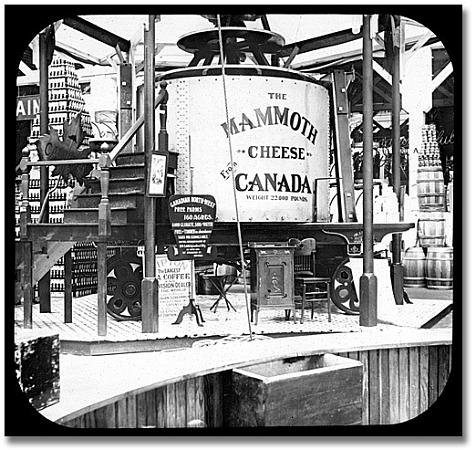
McIntyre was uninhibited by minor shortcomings — such as his lack of literary skills.
The Toronto Globe ran his pieces as comic relief, and the New York Tribune expressed amusement, but their mockery did not dampen his enthusiasm.
He continued writing until his death in 1906.
He published two volumes of poetry:
- Musings on the Canadian Thames (1884)

- Poems of James McIntyre (1889)

McIntyre was forgotten after his death for a number of years, until his work was rediscovered and reprinted by William Arthur Deacon — literary editor of the Toronto Mail and Empire and its successor the Globe and Mail — in his book The Four Jameses (1927).
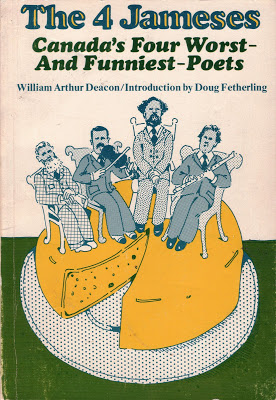
In recent years a volume of his work, Oh! Queen of Cheese: Selections from James McIntyre, the Cheese Poet collected his poems together with a variety of cheese recipes and anecdotes.

However, the greatest boost to his fame probably came from a number of his poems being anthologized in the collection Very Bad Poetry, edited by Ross and Kathryn Petras (Vintage, 1997).

An annual poetry contest is held in Ingersoll, Ontario, to honour McIntyre.
The contest is sponsored by the Ingersoll Times and the Corporation of the Town of Ingersoll, and includes a cheese-themed poetry competition.
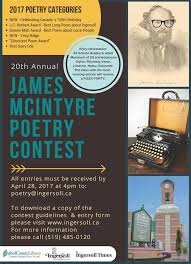
In 1977, Ingersoll erected a more lasting tribute to its cheese making history, the replica Ingersoll Cheese and Agricultural Museum.
The museum showcases the town’s unique history.

The Sports Hall of Fame showcases the town’s athletic history.

“Path of the Giants” – a 20-foot (6 m) “fully round” wood carved scene by the late Wilson Johnston, depicts the pioneer trek of his ancestors, the “Dunkards” from Lancaster, Pennsylvania to Cambridge, Ontario in the 1700s.
The agricultural barns were built from lumber and timbers taken from barns found in Oxford County.
It required the barn board and beams to be reclaimed from three existing barn buildings in the area.
The buildings were disassembled by Reg and his crew and materials transported to the site where these building now stand.
Construction was done by hand like the original process.
No power tools were used in the construction of these buildings.
Reg worked from a single photograph of the original Old Ingersoll Cheese Factory.
The buildings were completed within 3 months by a crew of approximately 6 people from the Ingersoll area.

The hamlet of Ingersoll was proclaimed a village in 1852 and a town in 1865.

Lt. Col. William George Wonham (1819 – 1887), was a Provincial Land Surveyor, who was born in England and was residing in Ingersoll by 1851.

He drew the 1857 Tremaine Map of Oxford County.
Married with four children, he became a widower in 1861.
During the early 1880s he left Ingersoll for the Northwest to take employment with the Dominion Department of the Interior.
In 1884, in an interview with the Winnipeg Times, he described his work in the Rocky Mountains in surveying Banff National Park for the Dominion Government:
“Some time ago I received instructions from the Department of the Interior to proceed to the Rockies and survey a park in the Cochrane Ranch Company’s timber limit, using my own judgment as to the best location.
The spot I located is about four miles from East Padmore and about 64 miles from Calgary in the first range of the Rockies.
The scenery is grand and beautiful in the extreme, rivalling everything I have ever seen.
The surface of the park, which is traversed from one end to the other by the main line of the CPR. is heavily timbered and contains one large lake and several smaller ones.
The surface is very rocky and broken and the hills are picturesque in the extreme.
As the train service does not extend past Calgary the journey west of that point has to be made by hand car.
On the return journey the pumping apparatus broke, and owing to the strong wind and the track being on the downgrade, we ran the car at the rate of 13 miles per hour for seven hours by standing up and holding our coats sail fashion to catch the wind.”

Above: Banff National Park
Wonham died in Winnipeg after surgery for a stomach tumour.
He is buried beside his wife in Ingersoll.
Wonham Street is named for him.

Above: Wonham Street, Ingersoll
Robert Stuart (1852 – 1926) was born in Embro and raised in Ingersoll.
Robert’s extended family of origin comprised three Stuart brothers who emigrated to Canada from Banffshire, Scotland, and had businesses in Ingersoll: John, a miller (1825–1899), Peter, a miller (1827–98), and Robert, a grocer (1834–1913).
Robert’s father, John Stuart, operated mills in Embro and Ayr during the early 1850s.
In 1858, John bought Elisha Hall’s sawmill in Ingersoll, which he converted into an oatmeal mill (named North Star Oatmeal Mills).
In 1873, John sold North Star Oatmeal Mills to his brother, Peter.
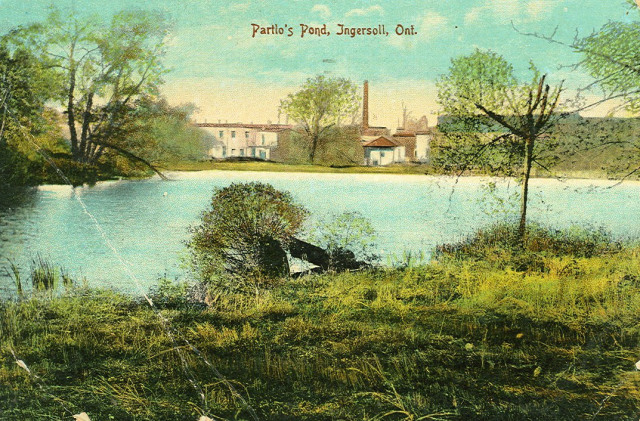
John moved to Cedar Rapids, Iowa, with his son, Robert, and opened a second North Star Oatmeal Mills in Cedar Rapids.
In 1874, John and Robert entered into partnership with a railroader, George Douglas Sr., of Cedar Rapids.
In 1876, Robert married Maggie Shearer, a niece of George Douglas.
In 1877, Robert Stuart and George Douglas of Cedar Rapids Iowa became co-partners with the father, John Stuart, and an Ingersoll miller, W.S. King, in founding a new steam mill in Ingersoll, on the north side of the River Thames.

Above: Images of Cedar Rapids, Iowa
The father and son team, John and Robert, later opened a second mill in Chicago.
There, in 1899, Robert became a co-founder of the American Cereal Company, which was renamed the Quaker Oats Company in 1901.
Robert’s progeny did well with that company.

His son, Robert Douglas Stuart (1886–1975) became CEO of Quaker Oats in 1922 and served as United States ambassador to Canada from 1953 to 1956.

His grandson, Robert Douglas Stuart Jr. (1916–2014) was CEO of Quaker Oats from 1966 to 1981 and served as United States Ambassador to Norway from 1984 to 1989.

Whereas Woodstock, the county seat, was Oxford County’s administrative centre, Ingersoll became the county’s principal industrial centre, in 1871 home to all four of the county’s industries that had 50 or more hands.
Noxon Brothers and the Eastwood foundry, both manufacturers of agricultural implements, employed 103 and 70 hands respectively.
With 4,022 in population in 1871, Ingersoll’s population surpassed that of Woodstock (3,982), although its advantage was not to last.
![Moving To Ingersoll? The Ultimate Guide To Living In Ingersoll [2019]](https://u.realgeeks.media/homesinlondonontario/Downtown-Ingersoll.jpg)
Above: Downtown Ingersoll
Stroll into town from the railway station and marvel at what is not seen.
Elisha Hall House was the first constructed of brick in the hamlet of Ingersoll in the 1830s and the centrepiece of a large property near to what is now Royal Roads Public School (210 King Street East).
This was the home of Elisha Hall (1800-1868), rival to James Ingersoll for the title of first child born in the village.

Above: Elisha Hall
Hall was a farmer and sawmill owner, the local rebel leader in the Rebellion of 1837, confidant of William Lyon Mackenzie during his exile, head of the local Masonic lodge, an advocate for the emancipation of slaves and for fair treatment of the local black community, and he was a figurehead of the Reform Party in Oxford for the remainder of his years.
His house was demolished in 2017 without any public comment, a sad example of the lack of protection for heritage properties in Ingersoll.
Like the Mammoth Cheese, the Hall House is no more.

Ingersoll has been losing its historic landmarks to the process of ‘demolition by neglect‘.
The proud old 19th century CN passenger station in the middle of town has deteriorated to the verge of collapse.

Residents of Ingersoll and surrounding area have been in a militant state of opposition since the announcement in 2012 that the international conglomerate Carmeuse intends to give a 20-year lease to Walker Industries to operate a megadump taking in garbage from Toronto and London to fill the spent portion of the limestone quarry operated by Carmeuse on nearly 2,000 acres (809 ha) stretching east and north from Ingersoll’s eastern boundary.
Walker has referenced plans to use the quarry site for a multi-use ‘campus’ for garbage and recycling operations.
Carmeuse has also announced plans to switch to burning garbage in its kilns, which must be heated to 1,000 °C to process limestone into industrial lime.
As a preliminary step, it will conduct a pilot Alternative Low-Carbon Fuels (ALCF) project to assess pollution levels that result from burning ‘engineered‘ garbage to be trucked in from New York State.
Longterm, ALCF garbage to be burned would include non-recyclable paper and plastic packaging materials, cardboard/paper sludge, non-recyclable rubber and plastic from automotive manufacturing, nylon tire fluff/belting, waste materials from diaper manufacturers, and wood refuse.
This could also include farm waste.
The impact of all this on quality of life for the surrounding human population will be immense, and could continue for centuries.
The New England settlers of Oxford-on-the-Thames brought with them an early version of the stick and ball game now known as baseball.

This was played in the Great Barrington area in the 1790s, and was a part of the Queen’s Birthday celebrations in pioneer Oxford, as immortalized in the writings of Dr. Ford which gave nearby Beachville its fame as the birthplace of baseball in Canada.
By the 1860s a Canadian championship circuit had been developed from Oxford.
Ingersoll’s team took the title in 1868 and went on to display its prowess in matches against American teams in the 1870s.
By the 1930s Ingersoll had a semi-pro team that recruited Oscar “Lefty” Judd (1908–1995), a phenomenal pitcher from Nissouri Township who helped propel the team to the provincial championship before launching his career as a professional player in the United States.
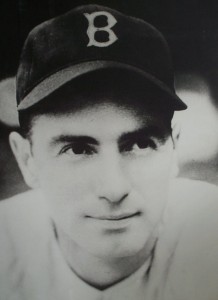
Lefty appeared in Major League Baseball as a pitcher for the Boston Red Sox (1941 – 1945) and the Philadelphia Phillies (1945 – 1948).


His career totals for 206 games (161 as a pitcher) include a 40–51 record, 99 games started, 43 complete games, 4 shutouts, 32 games finished, and 7 saves.
He allowed 334 earned runs in 771.1 innings pitched for an ERA of 3.90.
As a hitter he was well above average for a pitcher, and was used 42 times as a pinch hitter.
His lifetime batting average was .262 with three home runs, 19 runs batted in, a .322 on base percentage and a slugging average of .356.
He only grounded into two double plays during his entire career.

Judd finished in his league’s top ten five times for wild pitches, leading the National League with eight in 1947.

Judd died in 1995 at the age of 87 in Ingersoll.
Judd was elected to the Canadian Baseball Hall of Fame, in St. Marys, Ontario, in 1986.

Oxford County’s greatest year for organized hockey was arguably the 1954 -1955 season, when the Woodstock Warriors recruited the sensational young Bobby Hull for its Junior B team and went on to win the provincial championship.
His energy was infectious.
Bobby was known to hang out at the pool hall in downtown Ingersoll with the other Warriors.

(Bobby Hull is a Canadian former ice hockey player who is regarded as one of the greatest players of all time.
His blonde hair, legendary skating speed, end-to-end rushes, and ability to shoot the puck at very high velocity all earned him the name “The Golden Jet“.
His talents were such that one or two opposing players were often assigned just to shadow him—a tribute to his explosiveness.
In his 23 years in the National Hockey League (NHL) and the World Hockey Association (WHA), Hull played for the Chicago Black Hawks, Winnipeg Jets, and Hartford Whalers.




He won the Hart Memorial Trophy as the NHL’s most valuable player twice and the Art Ross Trophy as the NHL’s leading point scorer three times, while helping the Black Hawks win the Stanley Cup in 1961.
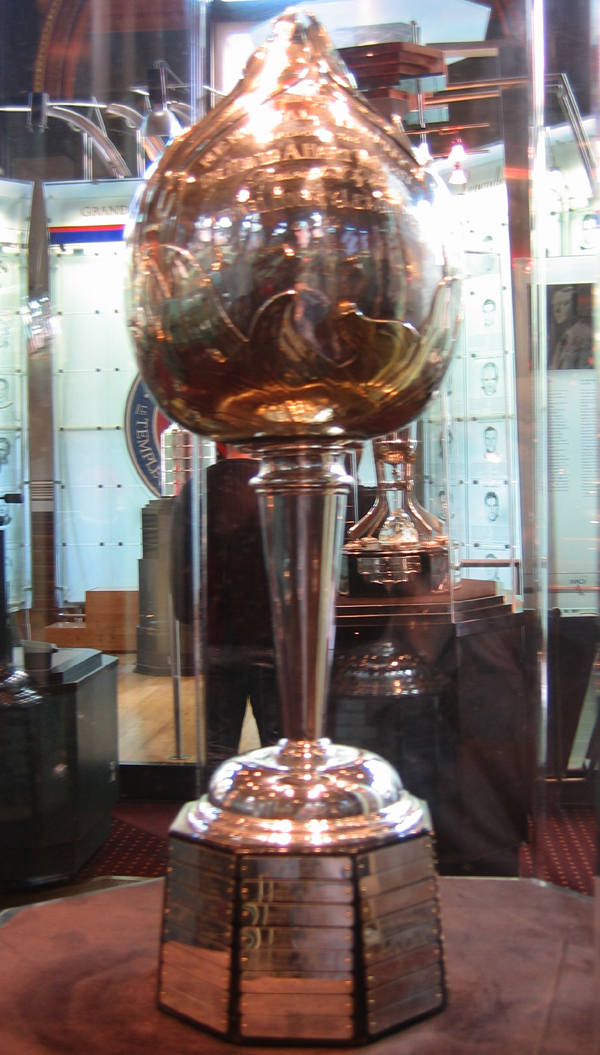
Above: Hart Memorial Trophy
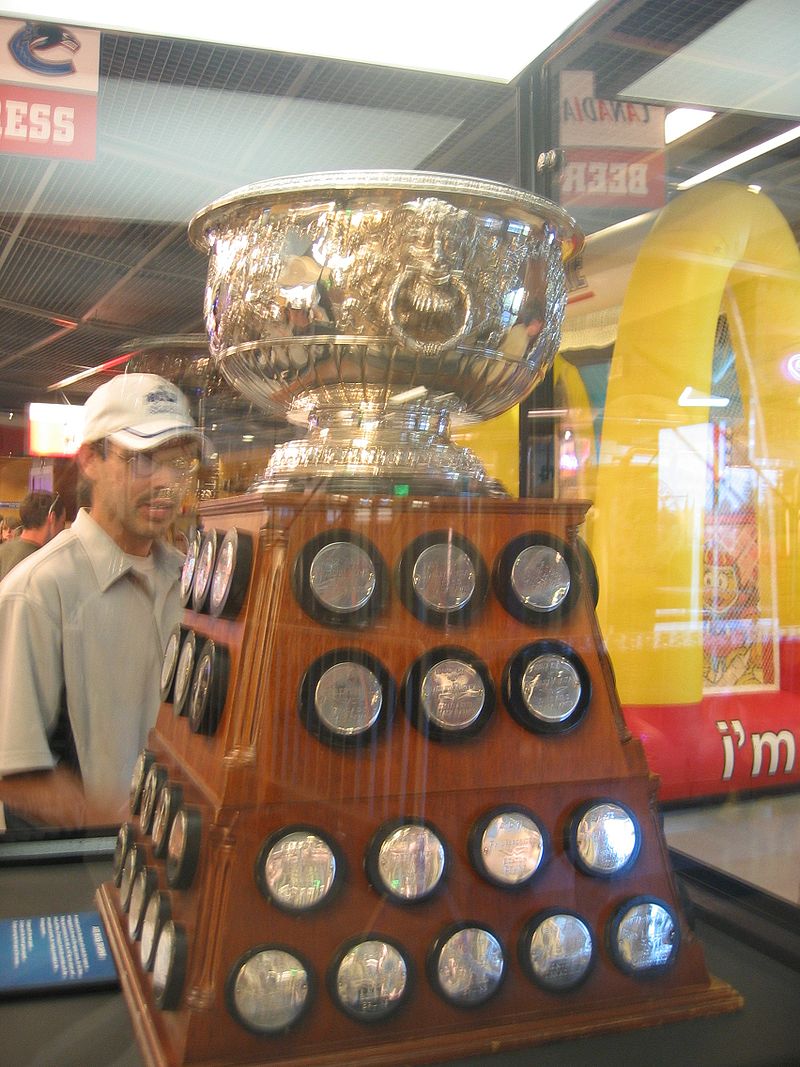
Above: Art Ross Trophy

Above: Stanley Cup
He also led the WHA’s Winnipeg Jets to Avco Cup championships in 1976 and 1978.
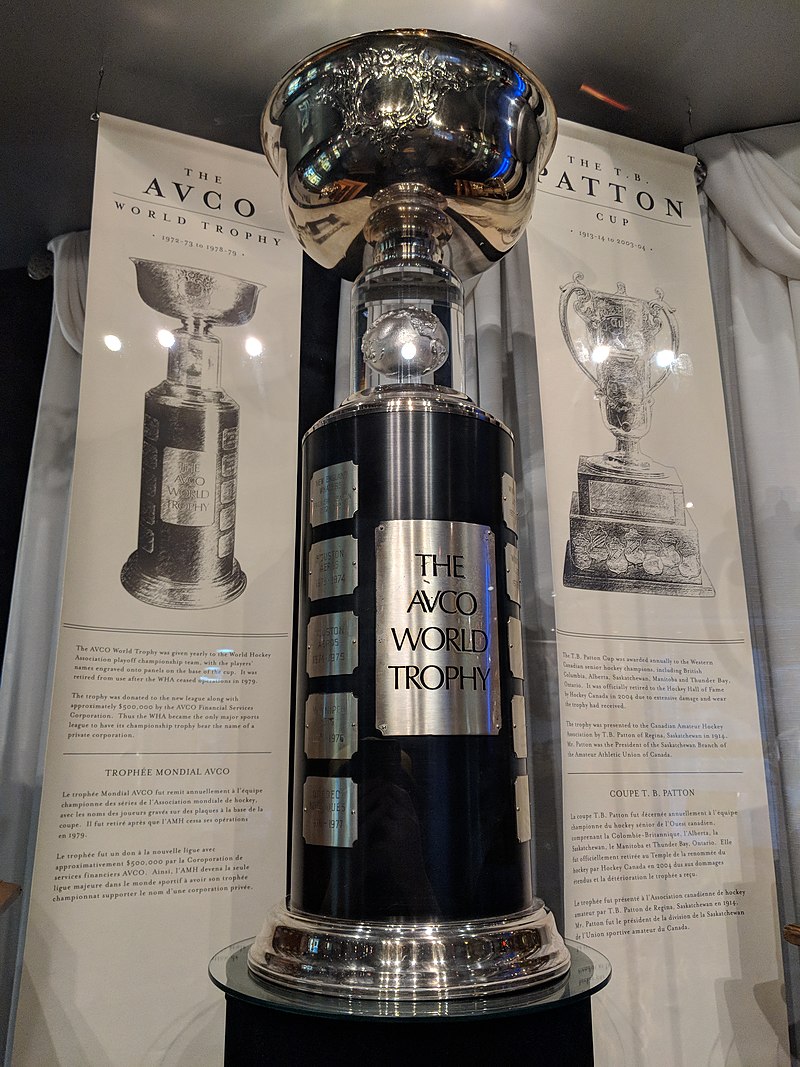
He led the NHL in goals seven times, the second most of any player in history, and led the WHA in goals one additional time while being the WHA’s most valuable player two times.
He was elected to the Hockey Hall of Fame (Toronto) in 1983, the Ontario Sports Hall of Fame (Toronto) in 1997, and received the Wayne Gretzky International Award in 2003.


In 2017, Hull was named one of the ‘100 Greatest NHL Players‘ in history.)

When bicycling exploded in popularity in the 1890s, the sign of prowess was to complete a ‘century‘ during free time on the weekend, meaning completion of at least 100 miles of travel.
The town’s undisputed all-time great was Doug Carr (1910 – 1994), who made a round-the-world bicycle tour of over 60,000 miles from 1937 to 1939, followed by a speaking tour celebrating the feat, before settling into his career as a book and china store operator in Ingersoll.

In 1937, Douglas Carr (1910 – 1994) travelled from Ingersoll, Ontario to England to be there for the
Coronation of George VI.

Above: King George VI (1895 – 1952)
Once over there, he decided to ride his bicycle further.
That he did, travelling across Europe, Africa, Iran, India, south-east Asia, and China.

He was in Germany as Hitler rose to power.

He met Dale Carnegie in China, a meeting that Carnegie related in his syndicated column.

(Dale Carnegie (1888 – 1955) was an American writer and lecturer, and the developer of courses in self-improvement, salesmanship, corporate training, public speaking and interpersonal skills.
Born into poverty on a farm in Missouri, he was the author of How to Win Friends and Influence People (1936), a bestseller that remains popular today.
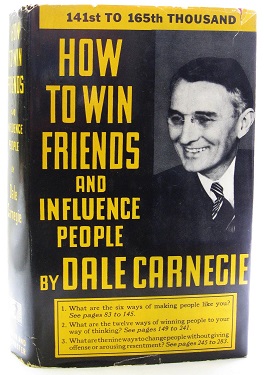
He also wrote How to Stop Worrying and Start Living (1948), Lincoln the Unknown (1932), and several other books.
One of the core ideas in his books is that it is possible to change other people’s behavior by changing one’s behavior towards them.)

Carr returned home after a journey of 30 months, in time to enlist for military service during World War II.
He wrote a detailed travel journal, ‘Thirty Moons Around the World’ and created a travelogue of his slide imagery.
The physical artifacts Carr saved are housed at the Ingersoll Cheese and Agricultural Museum.
His diaries, photographs and papers from his years of adventure are at the Ontario Archives.
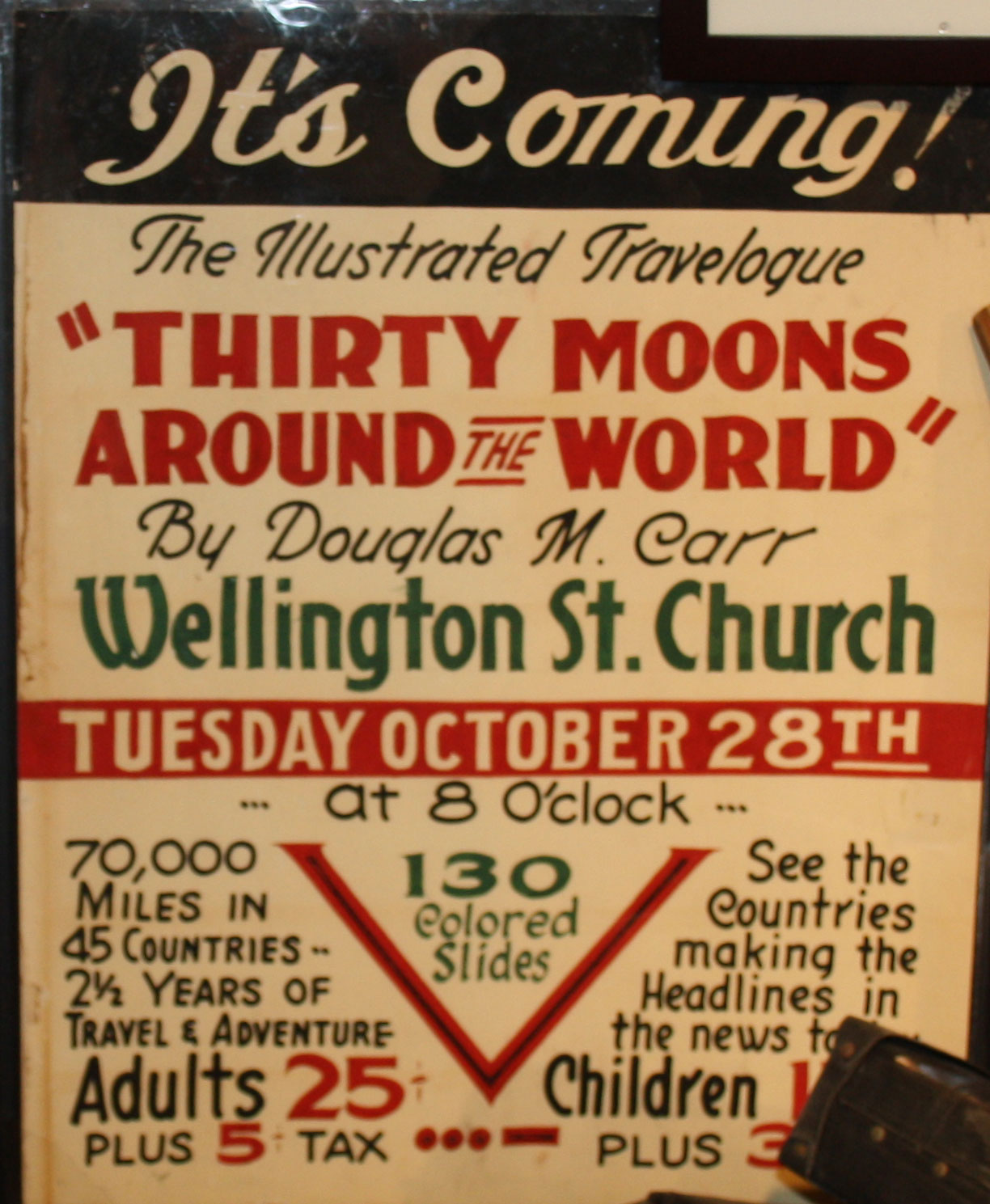
Aimee Semple McPherson (1890–1944) (née Aimee Kennedy) was born on a farm near nearby Salford.
Raised in the Salvation Army barracks of Ingersoll and converted at an Ingersoll Pentecostal revival, Aimee (age 17) married Robert Semple, a Pentecostal exhorter.
The couple left Ingersoll for the mission fields in China, where her husband died.
Then she remarried – twice in her lifetime.

As part of the Full Gospel Assembly in Chicago, McPherson became known for interpreting glossolalia, translating the words of people speaking in tongues.
Unable to find fulfillment as a housewife, in 1913, McPherson began evangelizing, holding tent revivals across the Sawdust Trail.
(The sawdust trail or the sawdust circuit consisted of a series of temporary buildings or tents used by itinerant ministers for revival meetings.
Tabernacle floors were covered with sawdust to dampen the noise of shuffling feet (as well as for its pleasant smell and its ability to hold down the dust of dirt floors), and coming forward during the invitation became known as “hitting the sawdust trail.”)
McPherson quickly amassed a large following, often having to relocate to larger buildings to accommodate growing crowds.
She emulated the enthusiasm of Pentecostal meetings but avoided their unbridled chaos, in which participants would shout, tremble on the floor, and speak in tongues.
McPherson set up a separate tent area for such displays of religious fervor, which could be off-putting to larger audiences.
In 1916, McPherson embarked on a tour of the Southern United States, and again in 1918 with Mildred Kennedy.
Standing on the back seat of their convertible, McPherson preached sermons over a megaphone.
In 1917, she started a magazine, Bridal Call, for which she wrote articles about women’s roles in religion.
She portrayed the link between Christians and Jesus as a marriage bond.
Along with taking women’s roles seriously, the magazine contributed to transforming Pentecostalism into an ongoing American religious presence.

In Baltimore in 1919 she was first “discovered” by newspapers after conducting evangelistic services at the Lyric Opera House, where she performed faith-healing demonstrations.
During these events the crowds in their religious ecstasy were barely kept under control.
Baltimore became a pivotal point for her early career.
In 1918, McPherson moved to Los Angeles.
Mildred Kennedy rented the 3,500-seat Philharmonic Auditorium, and people waited for hours to get into the crowded venue.

Afterwards, attendees of her meetings built a home for her family.
At this time, Los Angeles was a popular vacation destination.
Rather than touring the United States, McPherson chose to stay in Los Angeles, drawing audiences from both visitors and the city’s burgeoning population.
Her ministry to tourists allowed her message to spread nationwide.
For several years, she traveled and raised money for the construction of a large, domed church in the Echo Park area of Los Angeles, named Angelus Temple, in reference to the Angelus bell and to angels.

Not wanting to incur debt, McPherson found a construction firm willing to work with her as funds were raised “by faith“, beginning with $5,000 for the foundation.
McPherson mobilized diverse groups to fund and build the church, by means such as selling chairs for Temple seating.
Raising more money than expected, McPherson altered the plans and built a “megachurch“.
The endeavour cost contributors around $250,000.
Costs were kept down by donations of building materials and labour.
Enrollment grew to over 10,000, and Angelus Temple was advertised as the largest single Christian congregation in the world.
According to church records, the Temple received 40 million visitors within the first seven years.
McPherson intended the Temple as a place of worship and an ecumenical center for all Christian faiths.

A wide range of clergy and laypeople consisted of Methodists, Baptists, the Salvation Army, Presbyterians, Episcopalians, Adventists, Quakers, Roman Catholics, Mormons, and secular civic leaders, some of whom were featured as guest speakers.
Because Pentecostalism was unpopular in the United States during the 1920s, McPherson avoided the label.
She practiced speaking-in-tongues and faith healing in her services, but kept the former to a minimum to appease mainstream audiences.
Discarded medical fittings from faith-healing services, such as crutches and wheelchairs, were gathered for display in a museum area.
McPherson also developed “lighthouses” or satellite churches.
Based in Los Angeles, she prospered as a radio evangelist and founder of the Foursquare network of churches.
The premier woman evangelist of her time, sensational in preaching, controversial in her family life.
In her time she was the most publicized Protestant evangelist, surpassing Billy Sunday and other predecessors.
She conducted public faith healing demonstrations involving tens of thousands of participants.
McPherson’s view of the United States as a nation founded and sustained by divine inspiration influenced later pastors.

McPherson developed a church organization to provide for physical as well as spiritual needs.
McPherson mobilized people to get involved in charity and social work, saying that “true Christianity is not only to be good but to do good.”
The Temple collected donations for humanitarian relief including for a Japanese disaster and a German relief fund.
Men released from prison were found jobs by a “brotherhood“.
A “sisterhood” sewed baby clothing for impoverished mothers.
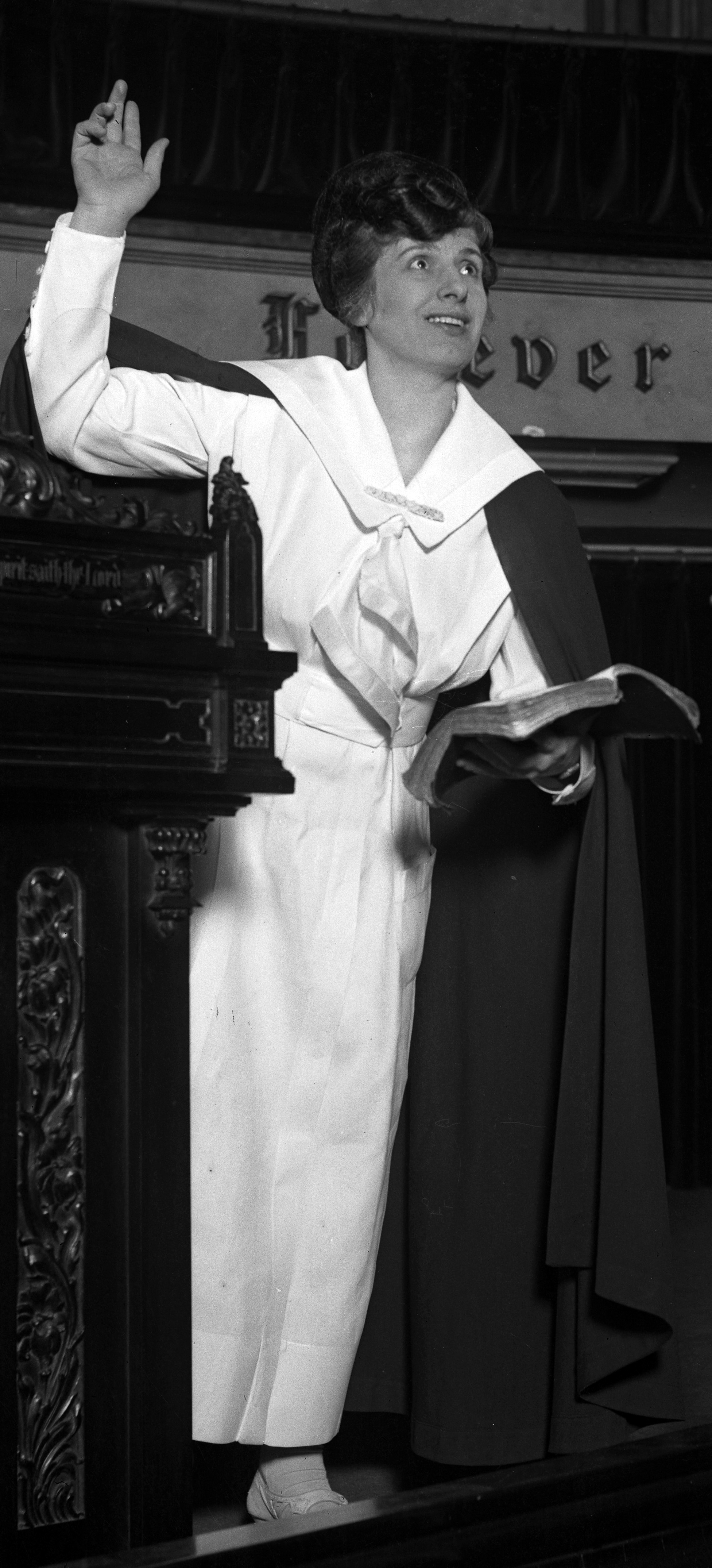
In June 1925, after an earthquake in Santa Barbara McPherson interrupted a radio broadcast to request food, blankets, clothing, and emergency supplies.
Drawing from her childhood experience with the Salvation Army, in 1927 McPherson opened a commissary at Angelus Temple offering food, clothing, and blankets.
She became active in creating soup kitchens, free clinics, and other charitable activities during the Great Depression, and fed an estimated 1.5 million.
Volunteer workers filled commissary baskets with food and other items, as well as Foursquare Gospel literature.
When the government shut down the free school-lunch program, McPherson took it over.
Her giving “alleviated suffering on an epic scale“.

By early 1926, McPherson had become one the most influential women and ministers of her time, influential in many social, educational and political areas.
McPherson crusaded against Darwinian evolution and became a supporter of William Jennings Bryan during the 1925 Scopes trial, about local laws prohibiting the teaching of human evolution.
Bryan and McPherson worked together in the Temple, and they believed that Darwinism undermined morality, “poisoning the minds of the children of the nation.”
McPherson organized an all-night prayer service, preceded by a Bible parade through Los Angeles.

On 18 May 1926, McPherson disappeared from Ocean Park Beach in Santa Monica, CA.
Presuming she had drowned, searchers combed the area.
McPherson sightings were reported around the county, often many miles apart.
The Temple received calls and letters claiming knowledge of McPherson, including ransom demands.
After weeks of unpromising leads, Mildred Kennedy believed her daughter to be dead.
As the Temple was preparing a memorial service, on 23 June, Kennedy received a phone call from Douglas, Arizona.
McPherson was alive in a Douglas hospital, and relating her story to officials.

McPherson said that at the beach she had been approached by a couple who wanted her to pray over their sick child.
After walking with them to their car, she was shoved inside.
A cloth laced with a drug was held against her face, causing her to pass out.
Eventually, she was moved to a shack in the Mexican desert.
When her captors were away, McPherson escaped out a window and traveled through the desert for 11–13 hours and an estimated 20 miles (32 km), reaching Agua Prieta, Sonora, a Mexican border town, at around 1:00 a.m.
Collapsing near a house, the evangelist was taken by locals to adjacent Douglas.
Her return to Los Angeles was greeted by 50,000 people, a greater turnout than President Woodrow Wilson’s 1919 visit to Los Angeles.
Los Angeles prosecutors had varying theories why she disappeared, among them a publicity stunt, and finally contended that McPherson ran off with a former employee, Kenneth Ormiston, staying with him in a California resort town cottage he had rented.
After leaving the cottage at the end of May, the pair traveled for the next three weeks and remained hidden.
Around 22 June, Ormiston drove McPherson to Mexico, dropping her off three miles outside of nearby Agua Prieta, where she walked the remaining distance.
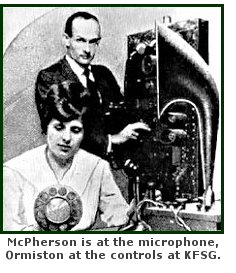
In contrast, McPherson consistently maintained her kidnapping story, and defense witnesses corroborated her assertions.
Much of the evidence asserted against McPherson came from reporters, who passed it on to police.
The bulk of the investigation against McPherson was funded by Los Angeles-area newspapers at an estimated amount of $500,000.
The secrecy of California’s grand jury proceedings was ignored by both sides as the Los Angeles prosecution passed new developments to the press, while the evangelist used her radio station to broadcast her side of the story.

On 3 November, the case was to be moved to jury trial set for January 1927, charging McPherson, her mother, and other defendants with criminal conspiracy, perjury and obstruction of justice.
If convicted, McPherson faced a maximum prison time of 42 years.
However, the prosecution’s case developed credibility issues.
Witnesses changed testimonies and evidence often appeared to have suspicious origins or was mishandled and lost in custody.

On 2 January, Ormiston identified another woman as the companion who stayed with him at the cottage.
All charges against McPherson and associated parties were dropped for the lack of evidence on 10 January.
However, months of unfavorable news reports produced enduring public belief in McPherson’s wrongdoing.

Allegations of love affairs directed against McPherson started during the 1926 kidnapping trial.
Suspected lovers generally denied involvement.
Alarmed by her style of dress and involvement with Hollywood, a Temple official hired detectives in 1929 to shadow McPherson.
The detectives found no evidence of affairs.
After McPherson’s death, unsubstantiated allegations of affairs continued to emerge.

Canadian journalist Gordon Sinclair claimed a 1934 affair in his autobiography.
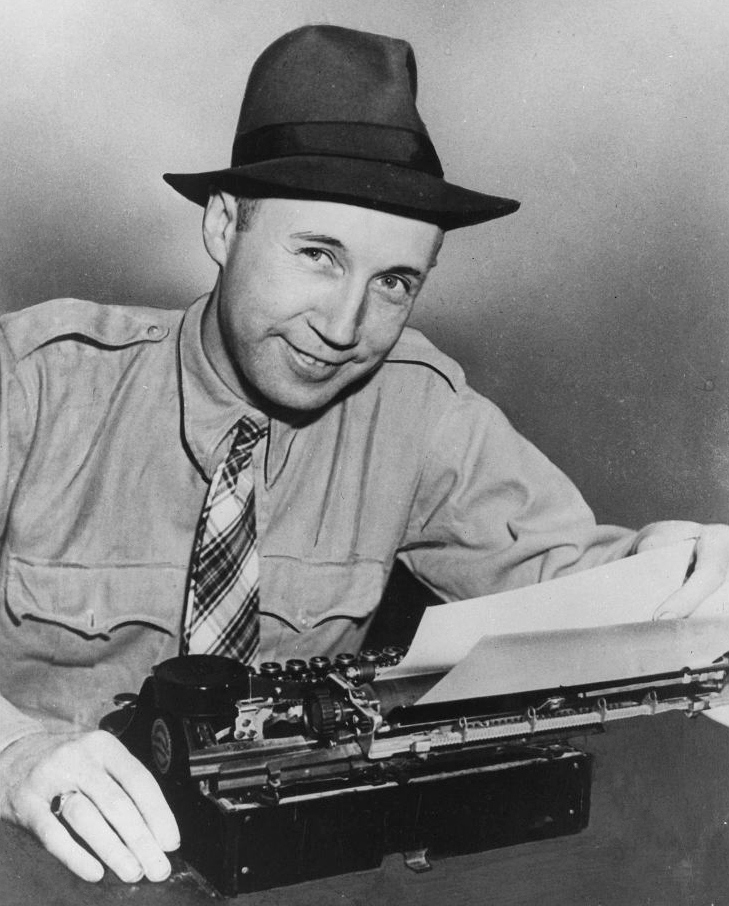
Above: Gordon Sinclair (1900 – 1984)
Another claim by comedian Milton Berle alleged a brief affair with the evangelist.
Berle asserted that he met McPherson in Los Angeles where both were doing a charity show.
Another book by Berle published during McPherson’s life did not claim an affair.
Biographer Matthew Sutton asserted that Berle’s story of a crucifix in McPherson’s bedroom was inconsistent with the coolness of Pentecostal-Catholic relations during that era.
Other contradictions in Milton Berle’s story were noted as well.
During that period, from publications, church and travel records, the evangelist’s appearances and whereabouts could be traced almost every day, and there was no record of the charity show Berle alleged.

Above: Milton Berle (1908 – 2002)
McPherson had her own charities.
Moreover, she was incapacitated with illness a full five months of that year.
By 1931, McPherson kept herself chaperoned to guard against allegations.
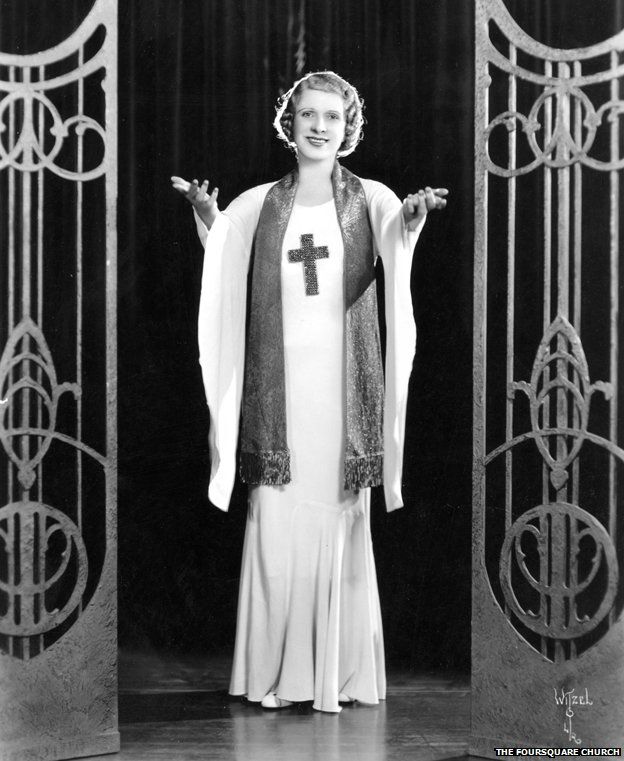
After the kidnapping, McPherson remained nationally famous and continued her ministry, but fell out of press favor.
The media, which once dubbed her a “miracle worker“, focused on disturbances in her household, including difficulties with her mother.
Despite this, up to 10% of the population in Los Angeles held Temple membership, and movie studios competed to offer her contracts.

Believing that film had the potential to transform Christianity, McPherson explored Hollywood culture and appeared in newsreels alongside Mary Pickford (1892 – 1979), Frances Perkins (1880 – 1965) and Franklin D. Roosevelt (1882 – 1945).

Above: Mary Pickford

Above: Frances Perkins

Above: Franklin Delano Roosevelt
She lost weight, cut and dyed her hair, began to wear makeup and jewelry, and became known for stylish dress.
This solicitation of fame was off-putting to some church members who preferred her former uniform of a navy cape over a white servant’s dress.
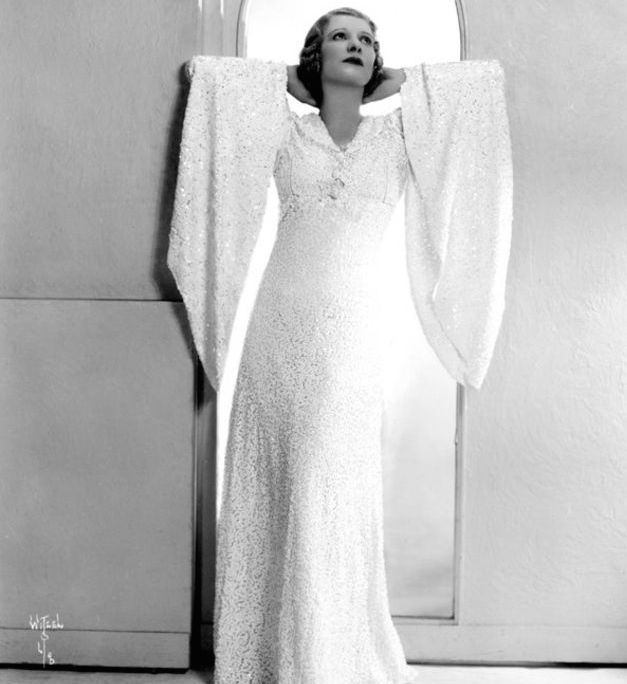
In 1927, McPherson set out on a “vindication tour“, taking advantage of the publicity from her kidnapping story to preach.
She even visited nightclubs, including Texas Guinan’s speakeasy, where she addressed the crowd.

Above: Texas Guinan (1884 – 1933)
Her visits to bars added to McPherson’s notoriety:
Newspapers reported heavily on them.
Rumours erroneously implied she was drinking, smoking and dancing.

Mildred Kennedy did not agree with McPherson’s strategy of tearing down barriers between the secular and religious.
In 1927, Kennedy left the Temple, along with other church members including 300 members of the choir.
Attempting to curtail her daughter’s influence, Kennedy initiated a staff-member confidence vote against McPherson, but lost.
The two had argued over management and McPherson’s changing dress and appearance.
Kennedy’s administrative skills had been crucial to growing McPherson’s ministry and maintaining Temple activities.
A series of management staff replaced Kennedy, and the Temple became involved in various unsuccessful projects such as hotel building, cemetery plots, and land sales, plummeting into debt. In response to the difficulties,
In 1928, after a dam failed and the ensuing flood left up to 600 dead, McPherson’s church led the relief effort.
Kennedy returned in 1929, but because of continued disagreements with McPherson, resigned again in July 1930.
The following month, McPherson suffered a physical and nervous breakdown.
For 10 months, she was absent from the pulpit, diagnosed with acute acidosis.
When she returned, she introduced her “Attar of Roses” sermon, based on the Song of Solomon.

In the 1930s McPherson and the Foursquare Gospel Church explored pacifism, a component of Pentecostalism.
McPherson also considered Gandhi’s views on pacifism, and Clinton Howard, chairman of the World Peace Commission, was invited to speak at the Temple.

In October 1931 McPherson held a revival in Boston, a city with large Unitarian, Episcopalian, and Catholic populations, traditionally hostile to Pentecostal messages.
On opening night, McPherson spoke to fewer than 5,000 in the 22,000-seat sports arena.
The following day, her campaign’s tone shifted and attendance climbed sharply.
The final day of afternoon and evening services saw 40,000 people attending, exceeding the stadium venue’s capacity and breaking attendance records.
McPherson’s revival in New York City was less fruitful due to her sensationalistic reputation.
McPherson went on to Washington D.C. and Philadelphia, and visited 21 states.
A full crew of musicians, scene designers, and costumers accompanied McPherson.
In 1932, she promoted disarmament.
Foursquare leaders, alarmed at rapid changes in military technology, drew up an amendment inclusive of varied opinions on military service.
Two views were held acceptable:
- the idea that one could bear arms in a righteous cause
- the view that killing of others, even in connection to military service, would endanger their souls.

McPherson monitored international events leading up to the Second World War, believing that the Apocalypse and the Second Coming of Christ were at hand.

Above: The bombing of Guernica, Spain, in 1937, during the Spanish Civil War (1936 – 1939), sparked fears abroad in Europe that the next war would be based on bombing of cities with very high civilian casualties.
In 1932, the commissary was raided by police, allegedly to locate a still used to make brandy out of donated apricots.
As a consequence, the commissary was briefly shut down, and the staff was let go.
However, students from her Foursquare Gospel Church’s L.I.F.E. Bible College filled in.
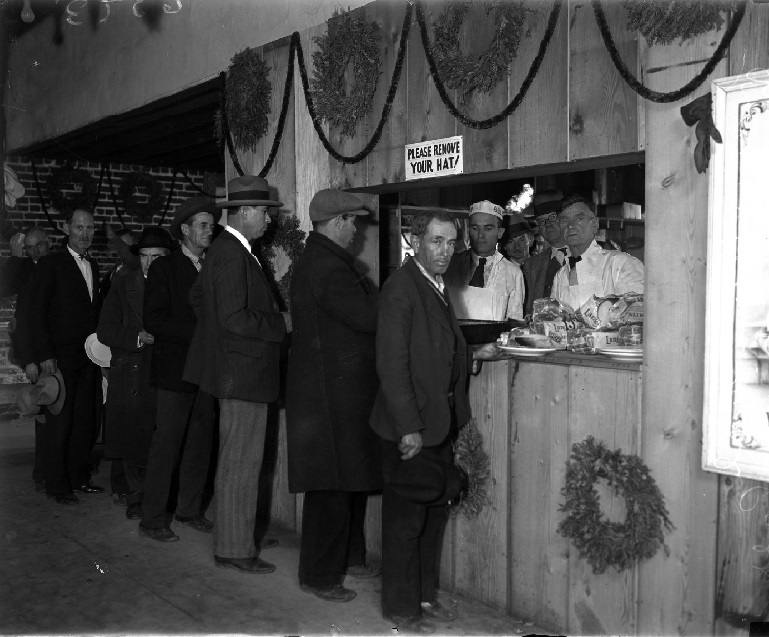
As McPherson refused to categorize the “deserving” from the “undeserving” her temple commissary became known as an effective and inclusive aid institution, assisting more families than other public or private institutions.
Because her programs aided nonresidents such as migrants from other states and Mexico, she ran afoul of California state regulations.
Though temple guidelines were later officially adjusted to accommodate those policies, helping families in need was a priority, regardless of their place of residence.

In 1933, an earthquake struck and devastated Long Beach.
McPherson quickly arranged for volunteers offering blankets, coffee, and doughnuts.
McPherson persuaded fire and police departments to assist in distribution.
Doctors, physicians, and dentists staffed her free clinic that trained nurses to treat children and the elderly.
To prevent the power from being turned off to homes of overdue accounts during the winter, a cash reserve was set up with the utility company.

In her last national revival tour, 1933–1934, two million persons heard 336 sermons.
The Boston Evening Traveler newspaper reported:
Aimee’s religion is a religion of joy.
There is happiness in it.
Her voice is easy to listen to.
She does not appeal to the brain and try to hammer religion into the heads of her audience.
Fundamentally she takes the whole Bible literally, from cover to cover.
McPherson was not a radical literalist.
She believed that the creation story in the book of Genesis allowed great latitude of interpretation, and did not insist on young Earth creationism.

In another meeting with students, McPherson heard an assertion that Christianity had outlived its usefulness.
The encounter persuaded her to travel and gain new perspectives.
In 1935, McPherson embarked on a six-month world tour, partly to study the women’s movement in connection with India’s independence struggle and speak with Mahatma Gandhi, who gave her a sari made on his spinning wheel.

Above: Mahatma Gandhi (1869 – 1948)
Impressed with Gandhi, McPherson thought he might secretly lean toward Christianity.

Other highlights included visiting Shwedagon Pagoda in Myanmar, hearing Benito Mussolini speak in Italy, and sitting on a wrecked military vehicle on a still-uncleared WW1 battlefield in Verdun, France.

Above: Shwedagon Pagoda, Yangon, Myanmar

Above: Benito Mussolini (1883 – 1945)

Above: World War 1 cemetery, Verdun
McPherson’s political alignment was undisclosed.
She endorsed Herbert Hoover, but threw support behind Franklin D. Roosevelt and his social programs after his election.
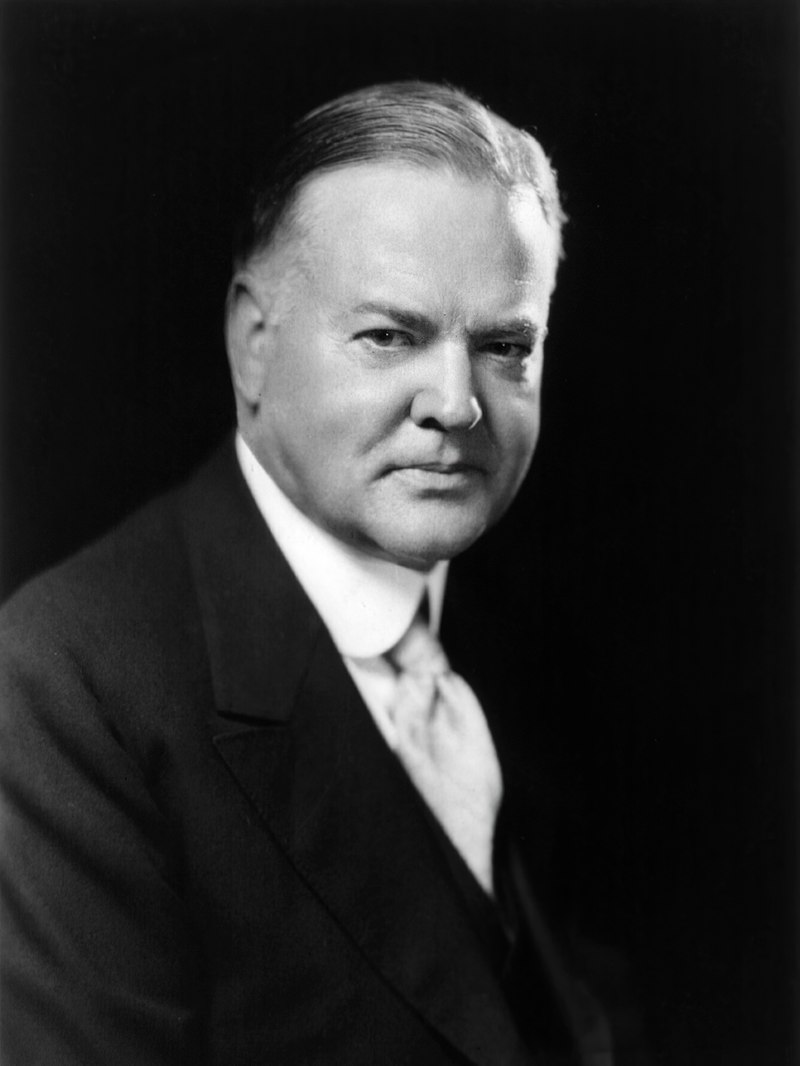
Above: Herbert Hoover (1874 – 1964)
She patronized organized labour, but was more cautious when labour strikes resulted in violence, and worried about Communism’s influence in labour unions.
McPherson opposed both Communism and fascism as totalitarian rule divine authority.
McPherson did not align herself consistently with a broad conservative or liberal political agenda, but wanted Christianity to occupy a central place in national life.
The Foursquare Gospel Church currently qualifies the evangelist’s views “in light of the political and religious climate of the 1920s, 30s, and 40s“, drawing a contrast between her approach and “today’s extreme fundamentalist, right-wing Christianity.”
She was also among the first prominent Christian ministers to support the establishment of a Jewish homeland.

McPherson reassigned staff in an effort to address the Temple’s financial difficulties.
This worsened tensions among staff members.
Rumors circulated that charismatic evangelist Rheba Crawford Splivalo, who had been working with McPherson for years, planned to take the Temple from her.
McPherson asked Splivalo to “leave town“.
In the course of the staff controversy, McPherson’s lawyer issued a strongly worded press release that upset Roberta Star Semple, McPherson’s daughter, and led her to initiate a $150,000 slander lawsuit against him.
Splivalo also sued McPherson for $1,080,000 because of alleged statements calling her a Jezebel and a Judas.
The two lawsuits filed by Semple and Splivalo were unrelated, but McPherson saw both as part of the Temple takeover plot.
McPherson’s mother sided with Roberta Semple, making unflattering statements about McPherson to the press.
McPherson’s defense in a public trial was dramatic and theatrical.
She testified tearfully about how her daughter conspired against her.
Her daughter’s lawyer, meanwhile, mocked McPherson by imitating her mannerisms.
The trial estranged McPherson from her daughter.
The judge ruled for Semple, giving a $2,000 judgment in her favor.
Semple then moved to New York.
Splivalo and the Temple settled their suit out of court for the “cause of religion and the good of the community.“

Above: McPherson’s daughter, Roberta Semple (left); McPherson (middle); and Rheba Crawford Splivalo, assistant pastor of Angelus Temple (right), at a parade in 1935
With Kennedy, Semple, and Splivalo gone, the Temple lost much of its leadership.
However, McPherson found a new administrator in Giles Knight, who brought the Temple out of debt, disposed of 40 or so lawsuits, and eliminated spurious projects.
He sequestered McPherson, allowed her to receive only a few personal visitors, and regulated her activities outside the Temple.
This period was one of unprecedented creativity for McPherson.
No longer distracted by reporters and lawsuits, she developed her illustrative sermon style.
The irreligious Charles Chaplin secretly attended her services, and she later consulted with Chaplin on ways to improve her presentations.
McPherson’s public image improved.
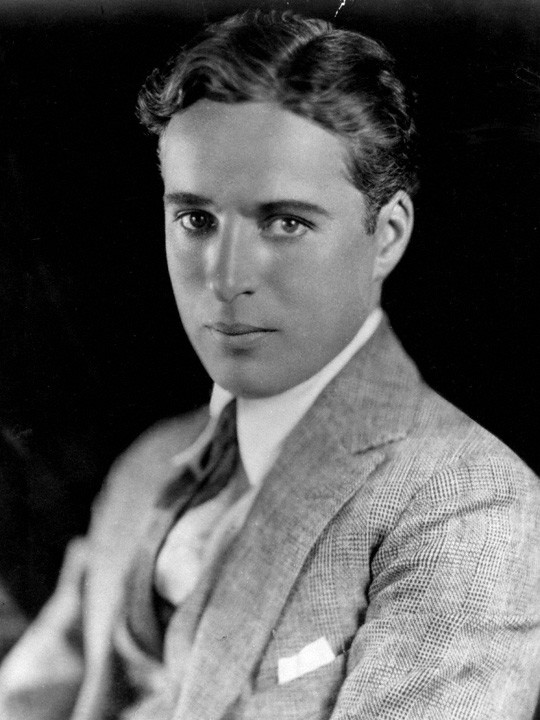
Above: Charlie Chaplin (1889 – 1977)
Her adversary, Robert P. Shuler, who previously attacked her, proclaimed that “Aimee’s missionary work was the envy of Methodists“.
He also expressed his support of her Foursquare Church’s 1943 application for admittance into National Association of Evangelicals for United Action.

Above: Robert P. Shuler (1880 – 1965)
All-night prayer meetings were held at the Temple starting in 1940 as Germany occupied Europe.
She asked other Foursquare churches around the country to follow suit.
She sent President Franklin Roosevelt’s secretary, Stephen Early, an outline of her plans, and various officials expressed appreciation, including the governor of California.
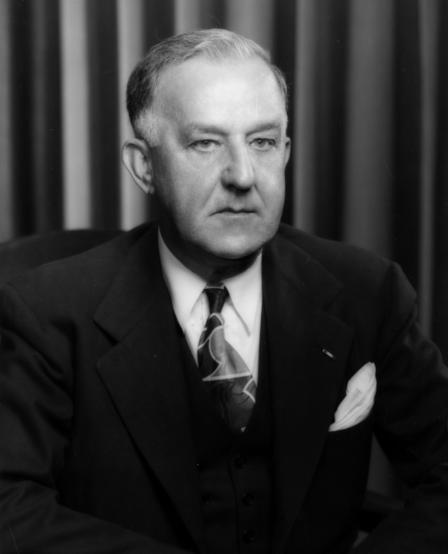
Above: Stephen T. Early (1889 – 1951)
At the outbreak of World War II, McPherson rejected the Christian pacifism popular in the Pentecostal movement, saying that:
“It is the Bible against Mein Kampf.
It is the cross against the Swastika.
This is no time for pacifism.”

The Temple itself became a symbol of homefront sacrifice for the war effort.
Its white dome was painted black and its stained-glass windows covered in anticipation of air raids.
To advertise the need to conserve gasoline and rubber, McPherson drove a horse and buggy to the Temple.
Rubber and other drives were organized, and unlimited airtime on her radio station, was given to the Office of War Information.
She asked listeners to donate two hours a day for such tasks as rolling bandages.
Money was raised to provide military bases with comfortable furnishings and radios.

Newsweek published an article about McPherson, “The World’s Greatest Living Minister” in 1943, noting that she had collected 2,800 pints of blood for the Red Cross.

Servicemen in her audience are especially honored, and the climax of her church services is when she reads the National Anthem.
McPherson gave visiting servicemen autographed Bibles.
She wrote:
What a privilege it was to invite the servicemen present in every Sunday night meeting to come to the platform, where I greeted them, gave each one a New Testament, and knelt in prayer with them for their spiritual needs.

She insulted Adolf Hitler (1889 – 1945) and Hideki Tojo, and became involved in war bond rallies.

Above: He Who Must Not Be Named

Above: Hideki Tojo (1884 – 1948)
McPherson sold $150,000 worth of bonds in one hour in 1942, breaking previous records, then repeated the performance in 1944.
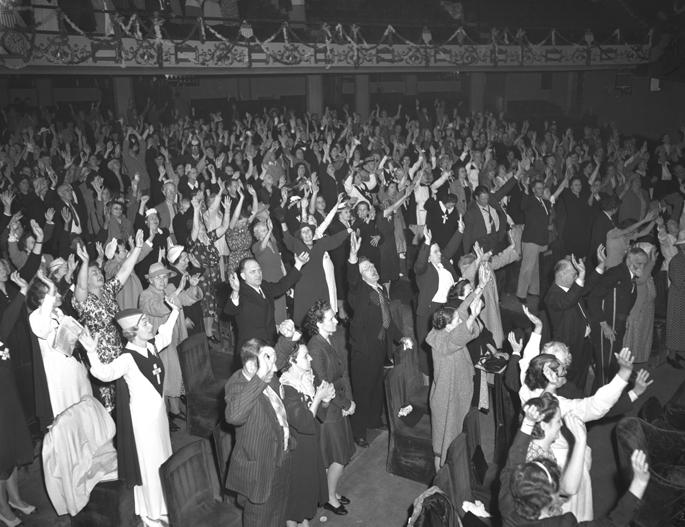
The US Treasury awarded her a special citation and the army made McPherson an honorary colonel.
Her wartime activities included sermons linking the church and patriotism.
She felt that if the Allies did not prevail, churches, homes, and everything dear to Christians would be destroyed.
McPherson’s embrace of the total war strategy of the United States left her open to some criticism.
The line between the church as an independent moral authority monitoring government became blurred.
Japanese Americans’ internment in relocation camps was overlooked, and she refused to allow her denomination to support Christians who remained pacifist.

Church members and leaders were expected to be willing to take up arms.
The pacifist clause, by her proposal, was eliminated by the Foursquare Gospel Church.
/McPherson-3352350a-58bf111c3df78c353c37b880.png)
Her efforts toward interracial revival continued.
She welcomed black people into the congregation and pulpit.
While race riots burned Detroit in 1943, McPherson publicly converted the black former heavyweight champion Jack Johnson on the Temple stage and embraced him.

Above: Jack Johnson (1878 – 1946)
On 26 September 1944, McPherson went to Oakland, California, for a series of revivals, planning to preach her popular “Story of My Life” sermon.
When McPherson’s son went to her hotel room at 10:00 the next morning, he found her unconscious with pills and a half-empty bottle of capsules nearby.
She was dead by 11:15.
It was later discovered that she had called her doctor that morning complaining of feeling ill from the medicine, but he was in surgery.
She then phoned another doctor who referred her to yet another physician.
However, McPherson lost consciousness before the third could be contacted.
The autopsy did not conclusively determine the cause of McPherson’s death.
She had been taking sleeping pills following numerous health problems.
Among the pills found in the hotel room was the barbiturate Seconal, a strong sedative which had not been prescribed for her.
It was unknown how she obtained them.
The coroner said she most likely died of an accidental overdose compounded by kidney failure.
The cause of death was listed as unknown.
Given the circumstances, there was speculation about suicide, but most sources generally agree the overdose was accidental.

Forty-five thousand people waited in long lines, some until 2 a.m., to file past the evangelist, whose body lay in state for three days at the Temple.
It later took 11 trucks to transport the $50,000 worth of flowers to the cemetery.
Though they had left McPherson’s employ on bad terms, her former assistant pastor Rheba Crawford Splivalo, daughter Roberta, and her mother Mildred Kennedy were also in attendance.
An observer, Marcus Bach, wrote:
A thousand ministers of the Foursquare Gospel paid their tearful tribute.
The curious stood by impressed.
The poor who had always been fed at Angelus were there, the lost who had been spirit-filled, the healed, the faithful here they were eager to immortalize the Ontario farm girl who loved the Lord.
Millions of dollars passed through McPherson’s hands.
However, when her personal estate was calculated, it amounted to $10,000.
To her daughter, Roberta, went $2,000.
The remainder to her son Rolf.
By contrast, her mother Mildred Kennedy had a 1927 severance settlement of as much as $200,000 in cash and property.
The Foursquare Church itself was worth $2.8 million.
McPherson is buried in Forest Lawn Memorial Park Cemetery in Glendale, California.
Following her death, the Foursquare Gospel church denomination was led for 44 years by her son Rolf McPherson.
The church claims a membership of over 7.9 million worldwide.

After her death, the largely negative aspect of her media image persisted and became the dominant factor in defining McPherson for many in the public.
Robert P. Shuler, whose caustic view of McPherson softened over the years, wrote that McPherson’s flaws were many, yet she ultimately made a positive lasting impact on Christianity.
He recognized her appeal as a combination of identifying with average citizens and an ability to preach in simple terms.
Her legacy continued through the thousands of ministers she trained and churches planted worldwide.
McPherson helped to reshape evangelical Christianity faith, making it relevant to American culture and personally involving for listeners.
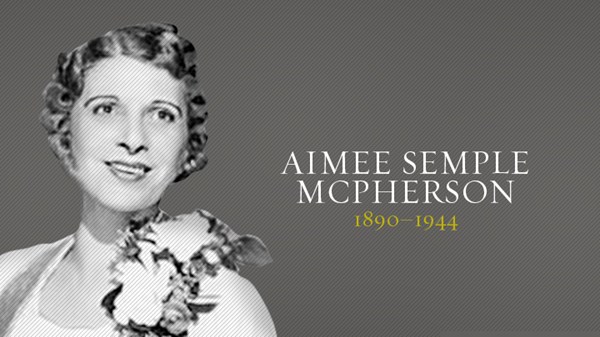
McPherson was the subject of or inspiration for numerous books, periodicals, films, and plays.
Characters who were modeled on McPherson included Sharon Falconer in Sinclair Lewis’ novel Elmer Gantry (played by Jean Simmons in the film adaptation), faith-healing evangelist Big Sister in Nathaniel West’s The Day of the Locust (played by Geraldine Page in the film adaptation) and Upton Sinclair’s Eli Watkins, a corrupt small-town minister.
They were all based on events which occurred in her life.

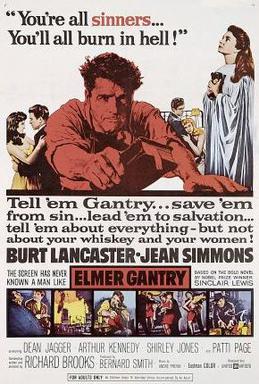
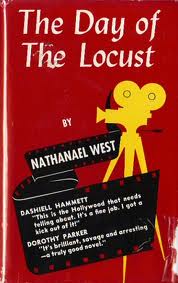


A musical titled AIMEE!, by Patrick Young and Bob Ashley was played in 1981.
Two musicals about McPherson, Scandalous and Saving Aimee, both by Kathie Lee Gifford, David Friedman and David Pomeranz, were produced, the former was performed on Broadway, with McPherson being portrayed by Carolee Carmello.

An Evangelist Drowns (2007), a one-woman play based on McPherson’s life, includes fictionalized accounts of relationships with Charlie Chaplin and David Hutton.
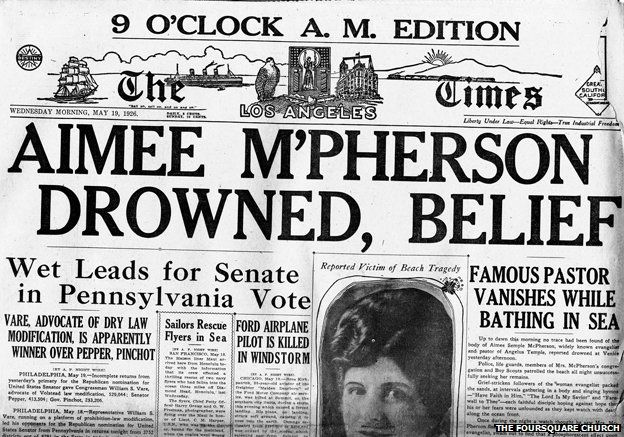
Spit Shine Glisten (2013), loosely based on the life of McPherson, was performed at the California Institute of the Arts in Valencia, California.
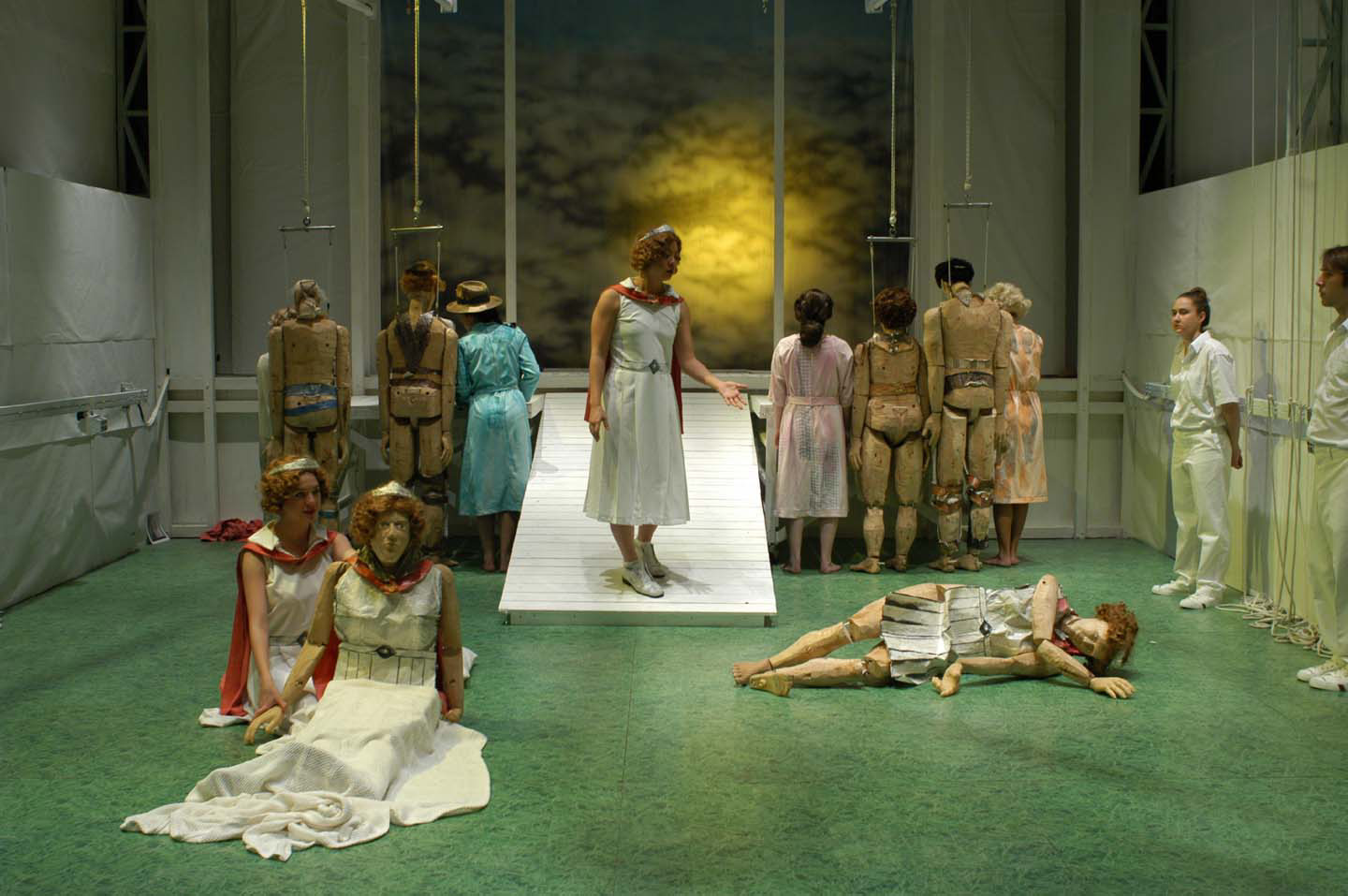
The musical Vanishing Point, written by Rob Hartmann, Liv Cummins, and Scott Keys, intertwines the lives of evangelist McPherson, aviator Amelia Earhart, and mystery writer Agatha Christie.
It was included in the 2010–2011 season at the Carnegie Mellon School of Drama in Pittsburgh.

Frank Capra’s film The Miracle Woman (1931), starring Barbara Stanwyck, was based on John Meehan’s play Bless You, Sister, which was reportedly inspired by McPherson’s life.

A television film about the events which surrounded her 1926 disappearance, The Disappearance of Aimee (1976), starred Faye Dunaway as McPherson and Bette Davis as her mother.

The movie Sister Aimee (2019), starring Amy Hargreaves, is a fictional account of McPherson’s 1926 disappearance.

Alfred Lucking (1853–1925), James Thompson McCleary (1853–1925), and Frank McDonough (1846–1904) were “Ingersoll Old Boys” who made good in the United States.
In 1904, Lucking was a Democratic Congressman for Detroit, McCleary was a Republican Congressman for Minnesota, and McDonough was a Wisconsin State Senator.
On meeting each other on the floor of Congress, Lucking and McCleary discovered that they had been born within two blocks of each other, in Ingersoll.
“Forty years ago,” recalled McCleary, who had been educated in the Ingersoll high school, “I knew and was known by nearly every person in Ingersoll, my native town.”

Above: James Thompson McCleary (1853 – 1924)
Lucking, not so much:
His parents moved to Michigan when he was aged two.
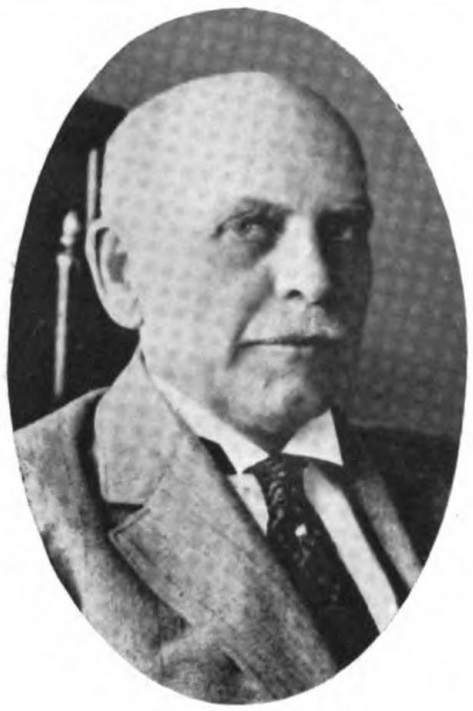
Above: Alfred Lucking (1856 – 1929)
McDonough moved to Wisconsin at age 17.

In the 21st century, heavy manufacturing is Ingersoll’s largest industry, including CAMI Automotive, a General Motors car manufacturing plant, originally a joint venture established in 1986 with Suzuki Motors of Canada, that has produced millions of vehicles.
Ingersoll is twinned with Great Barrington, Massachusetts.

In my mind, Ingersoll is tinged with uncertainty.
What should one believe?
I cannot disprove the existence of the Great Pumpkin, Santa Claus, the Big Cheese, or God.
Do they therefore exist?
Can I believe in following the examples of Laura Secord, Doug Carr, Lefty Judd, Bobby Hull?
Or are their legends larger than life?
Can success emerge from wee places or is success separate from one’s environment?
Is the past worth preserving?
Can the future survive?
The quiet station offers no answers.
